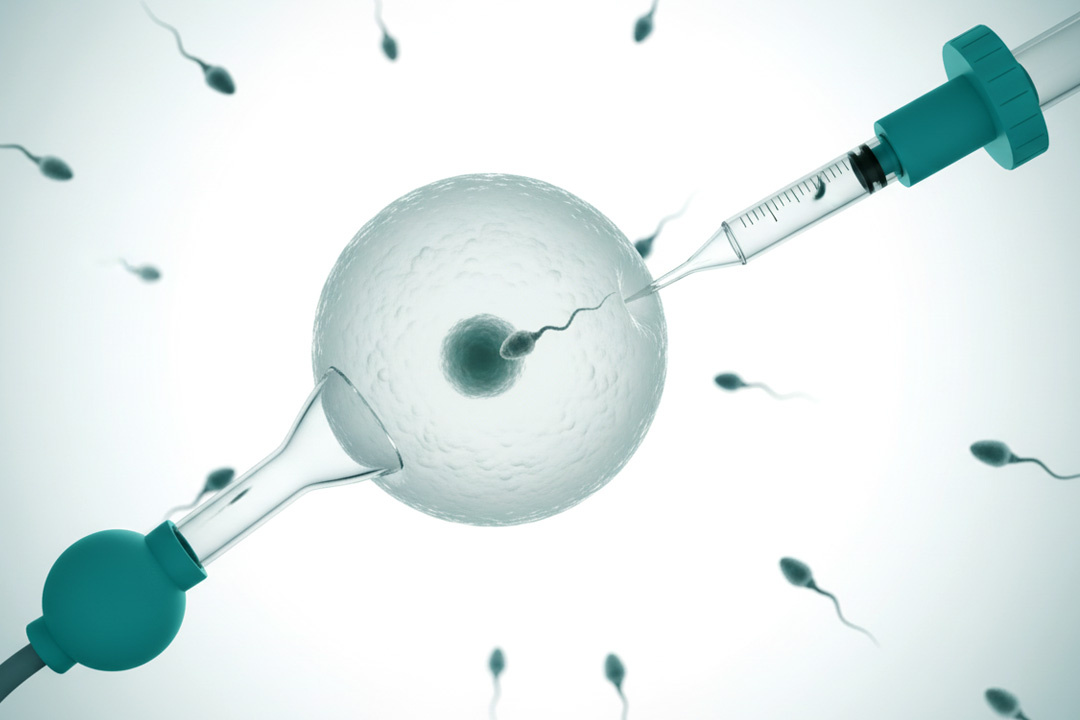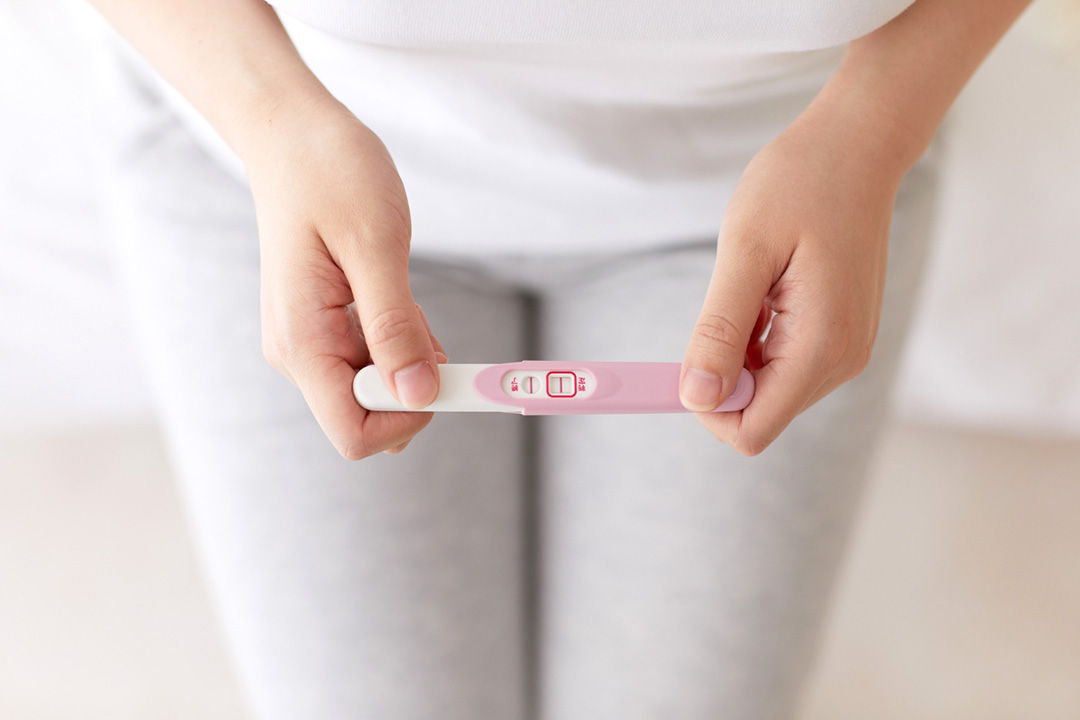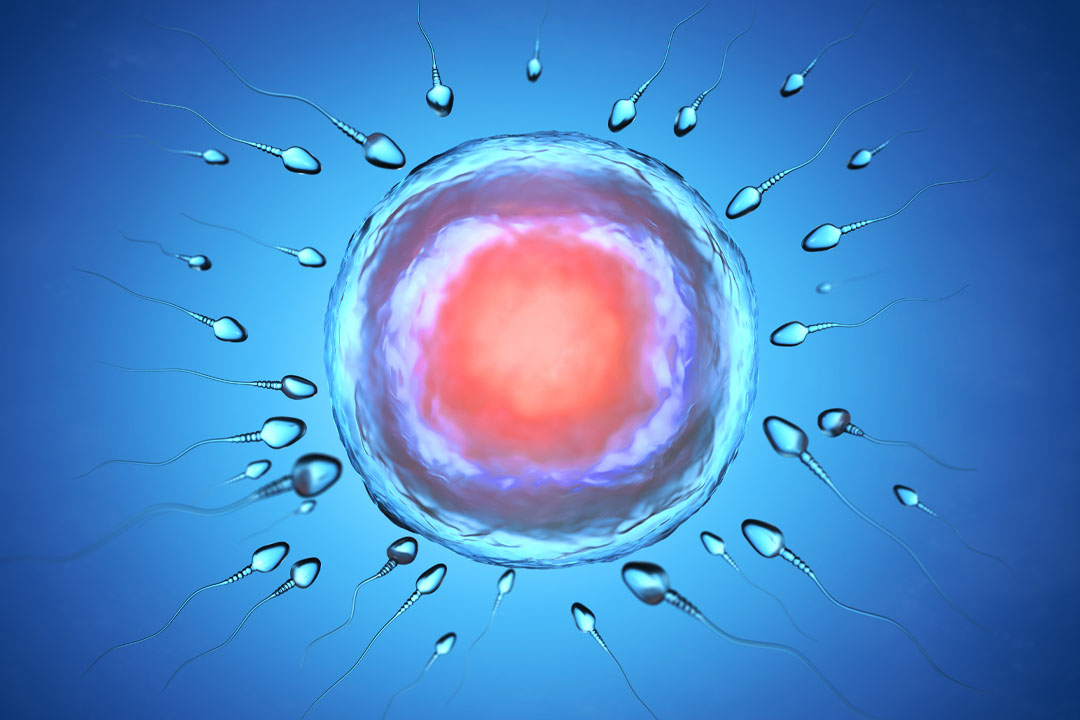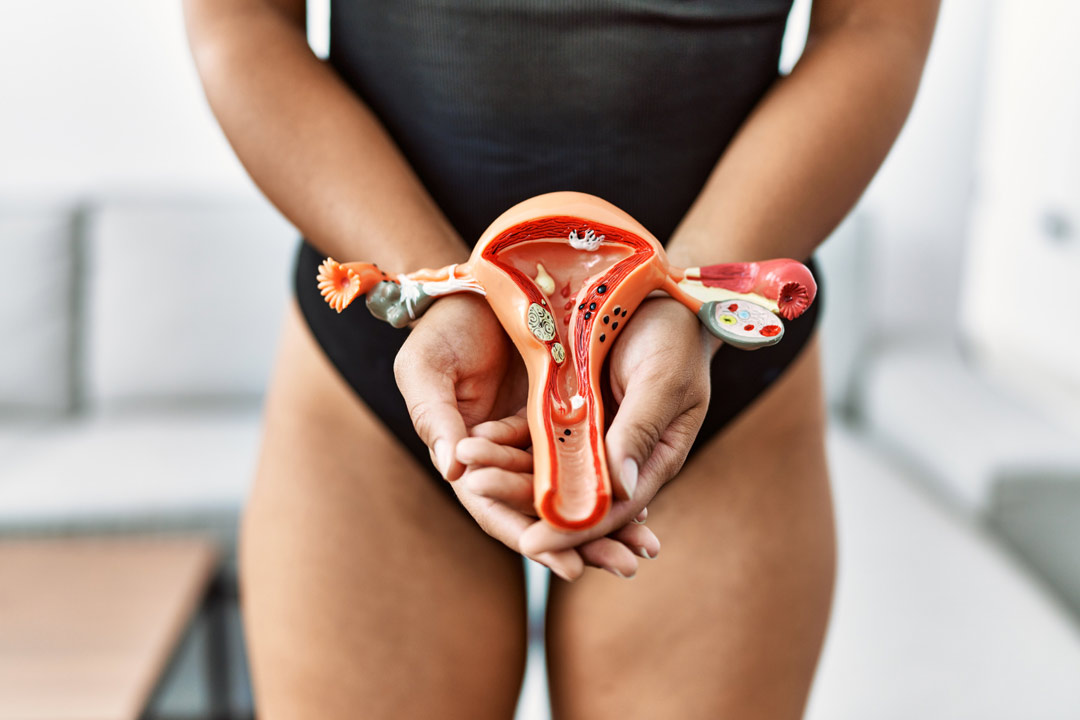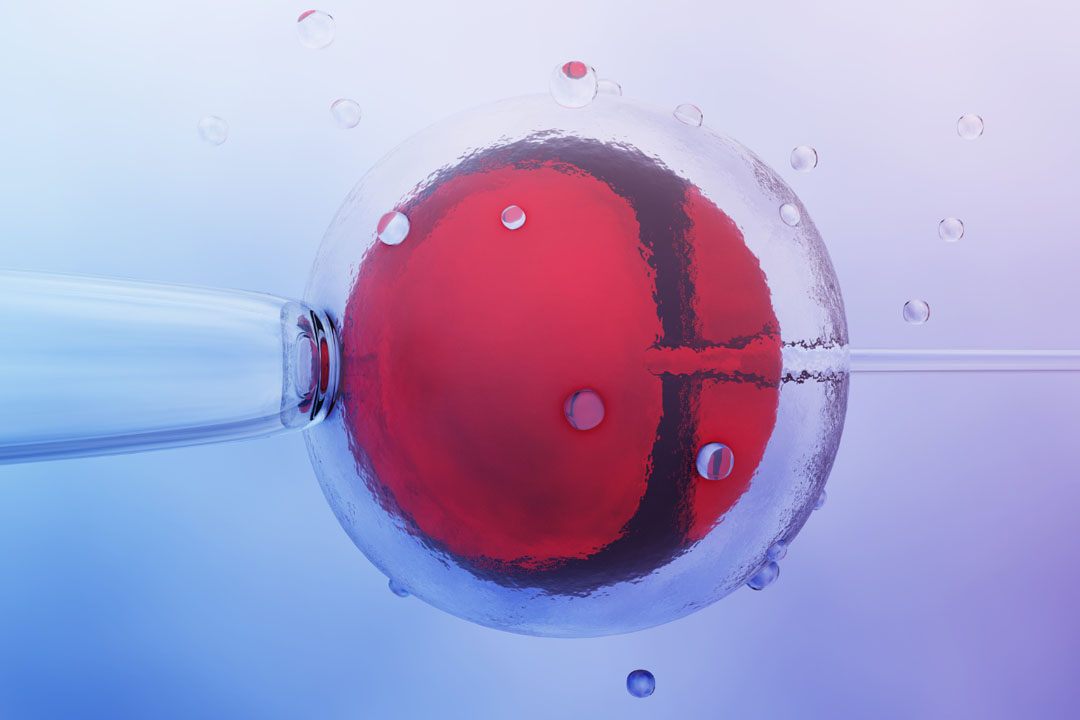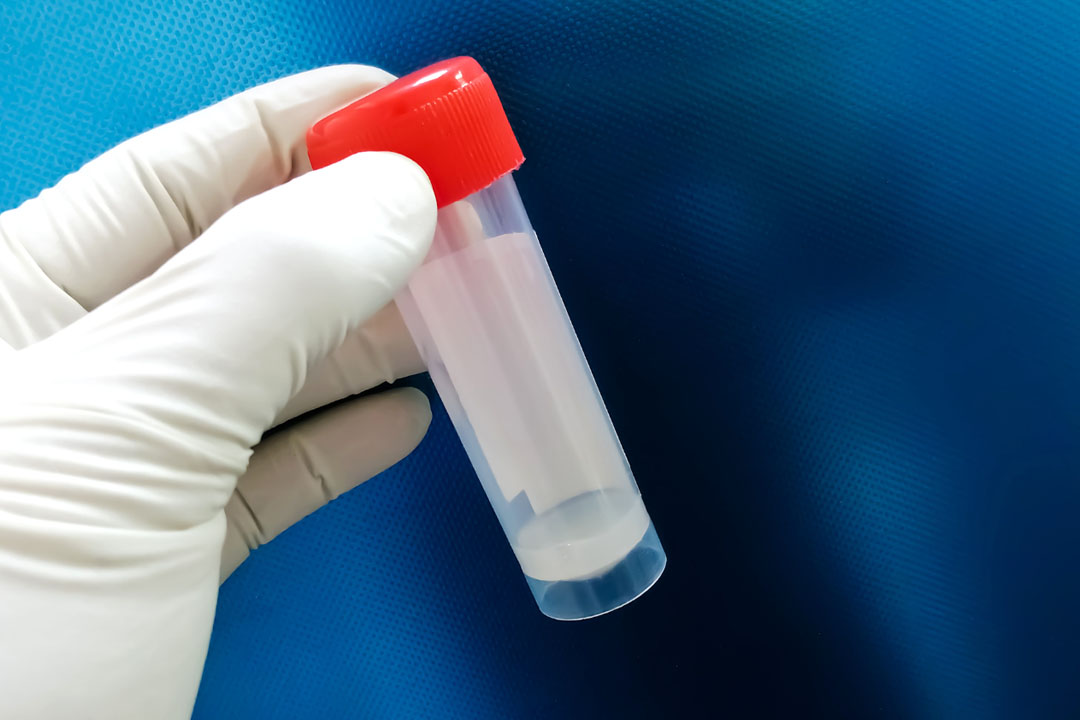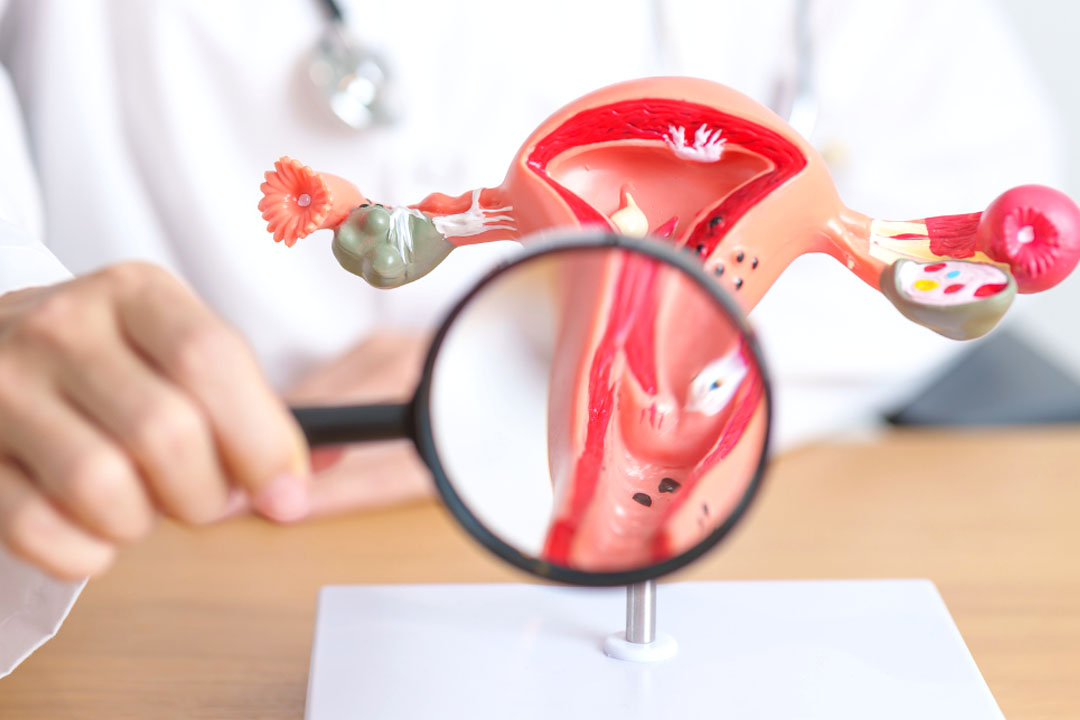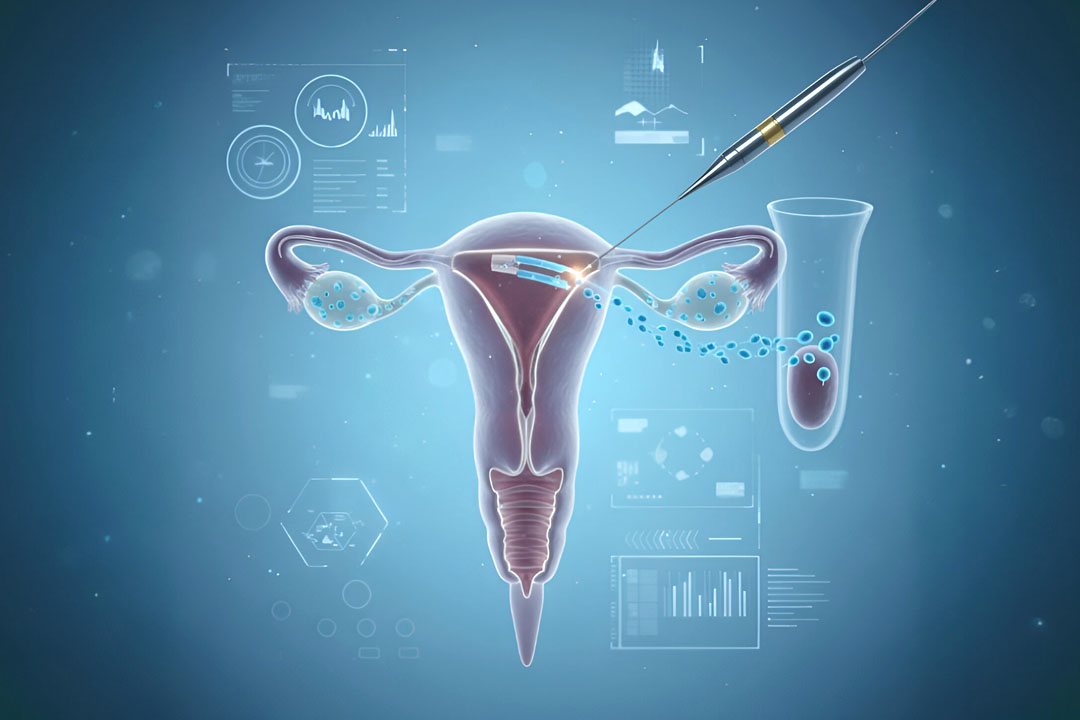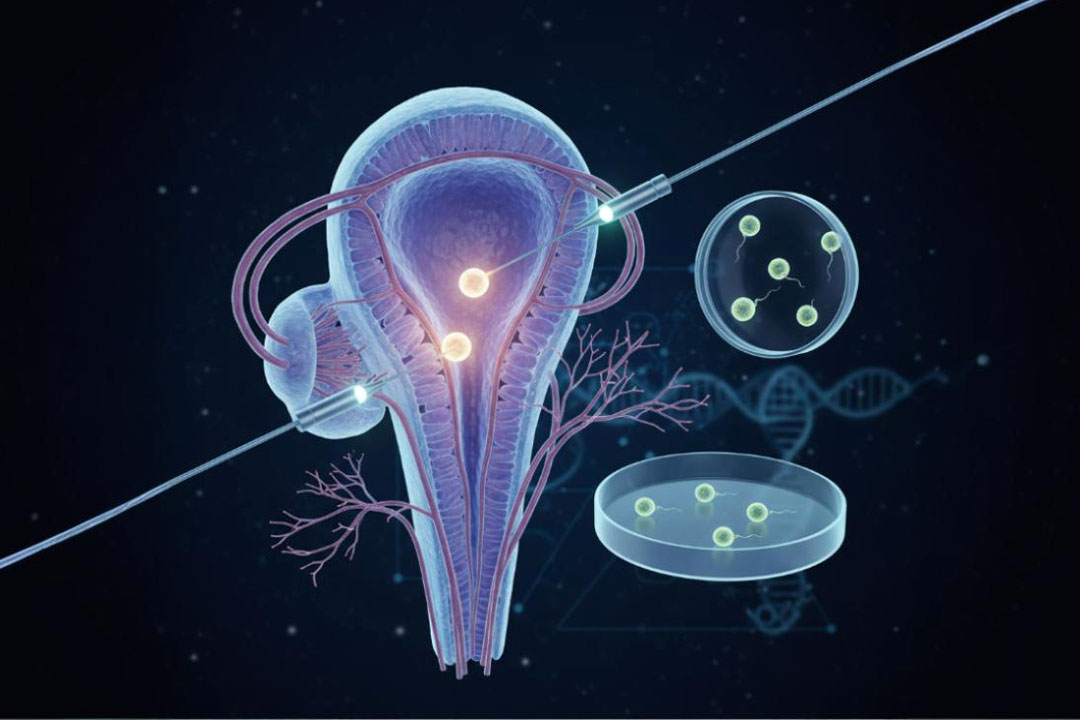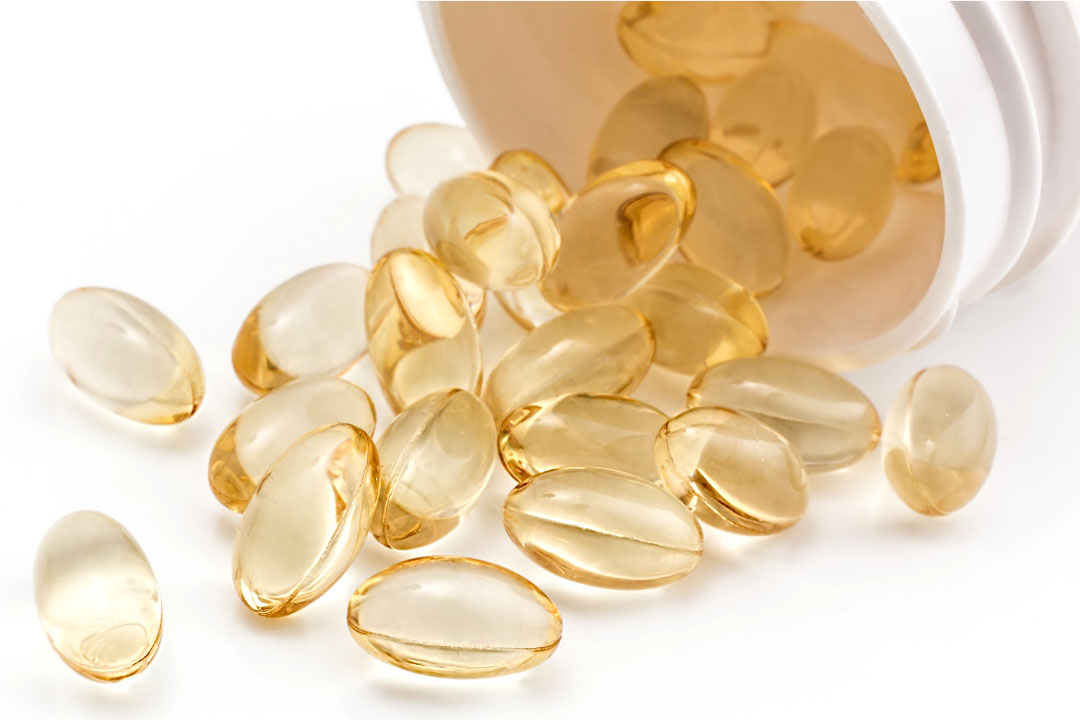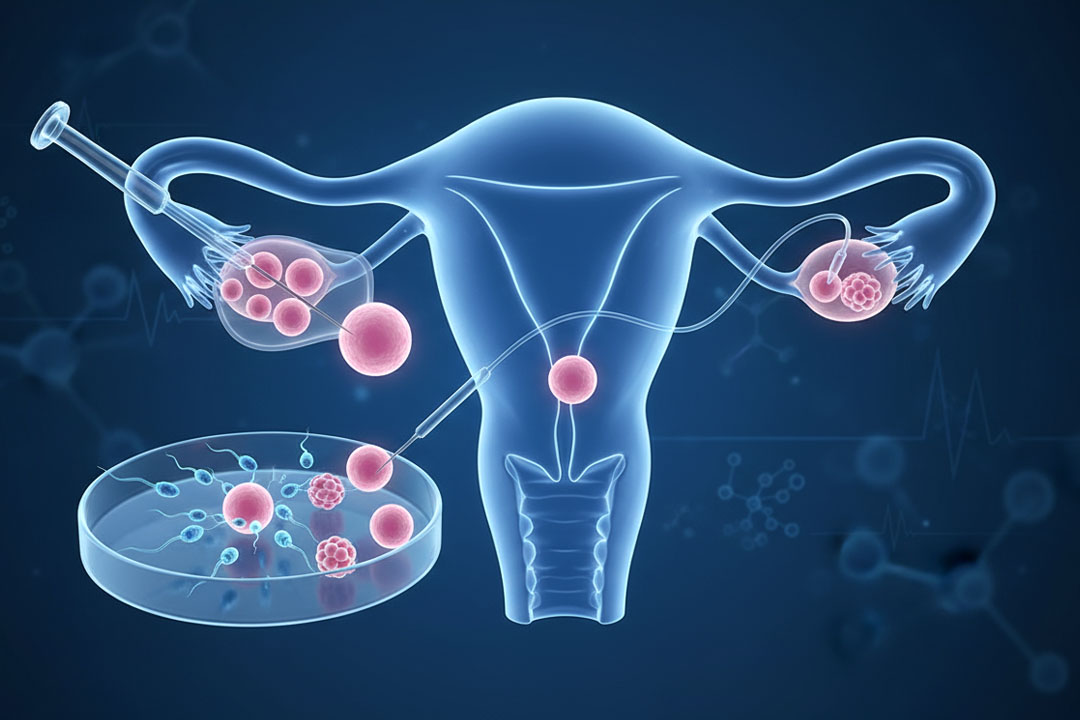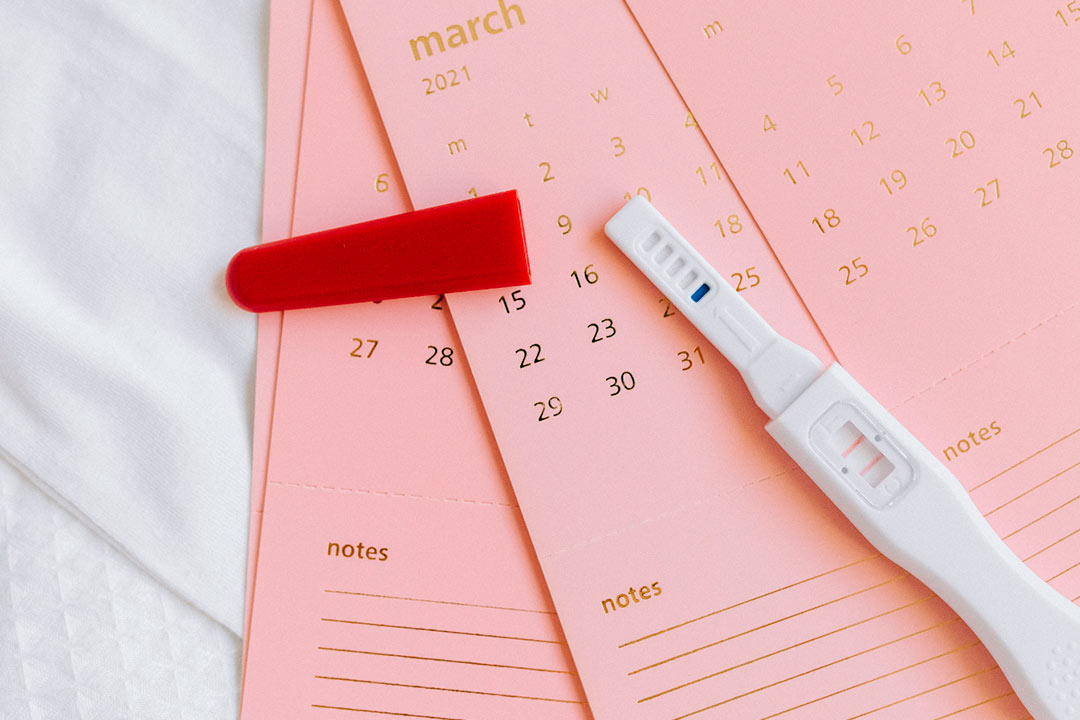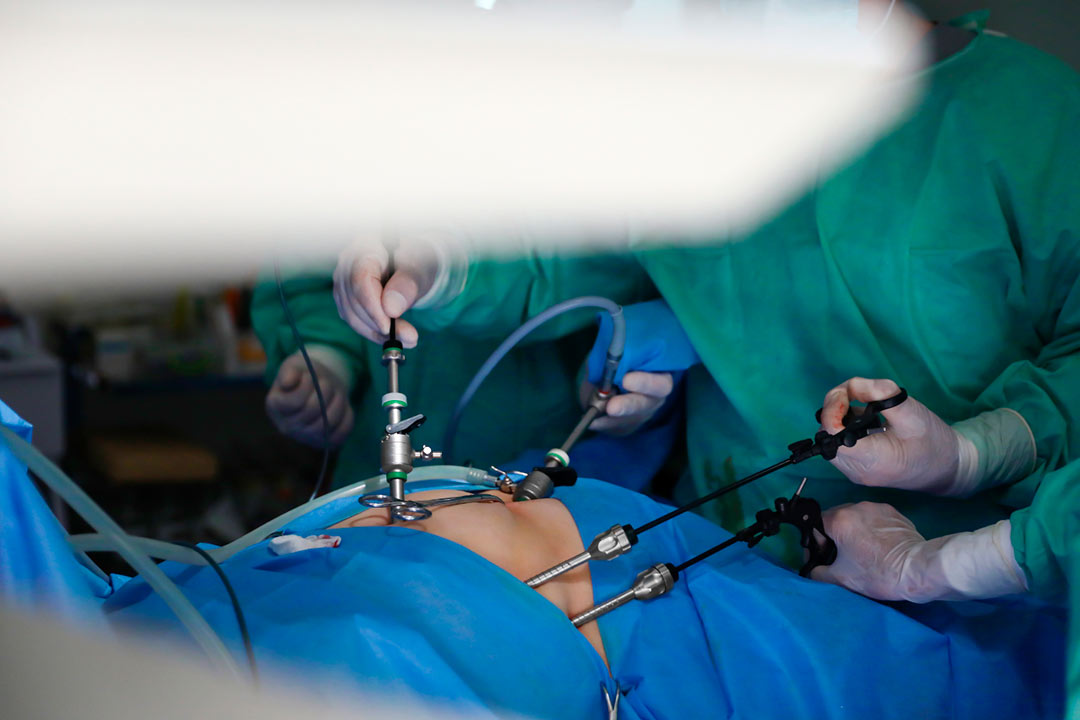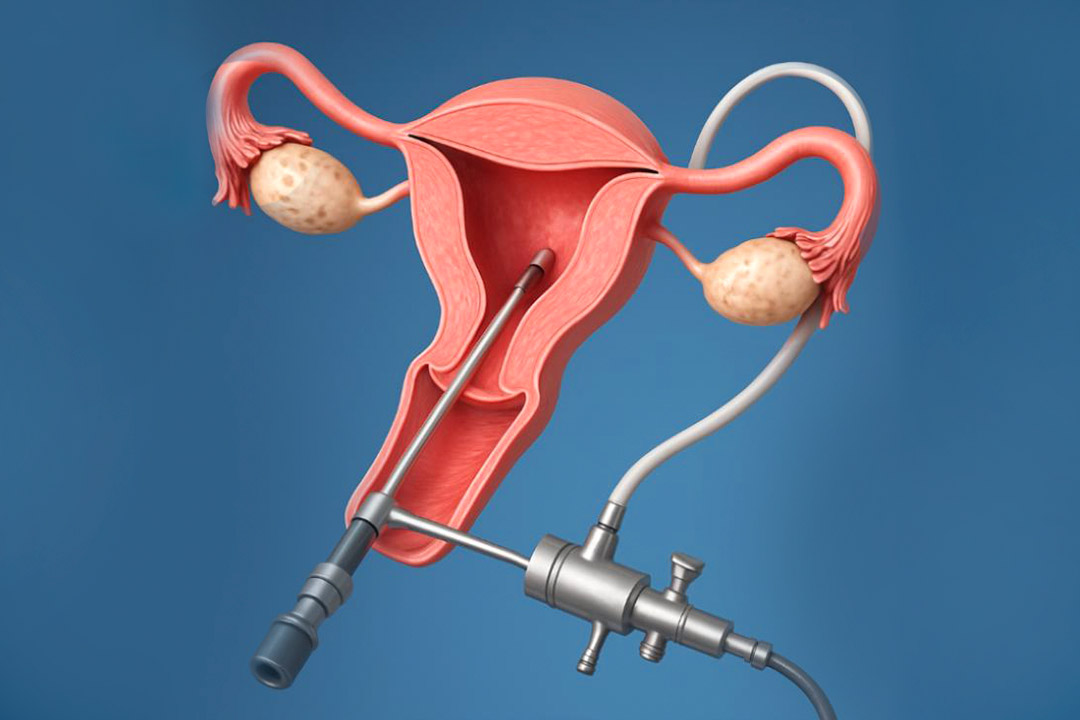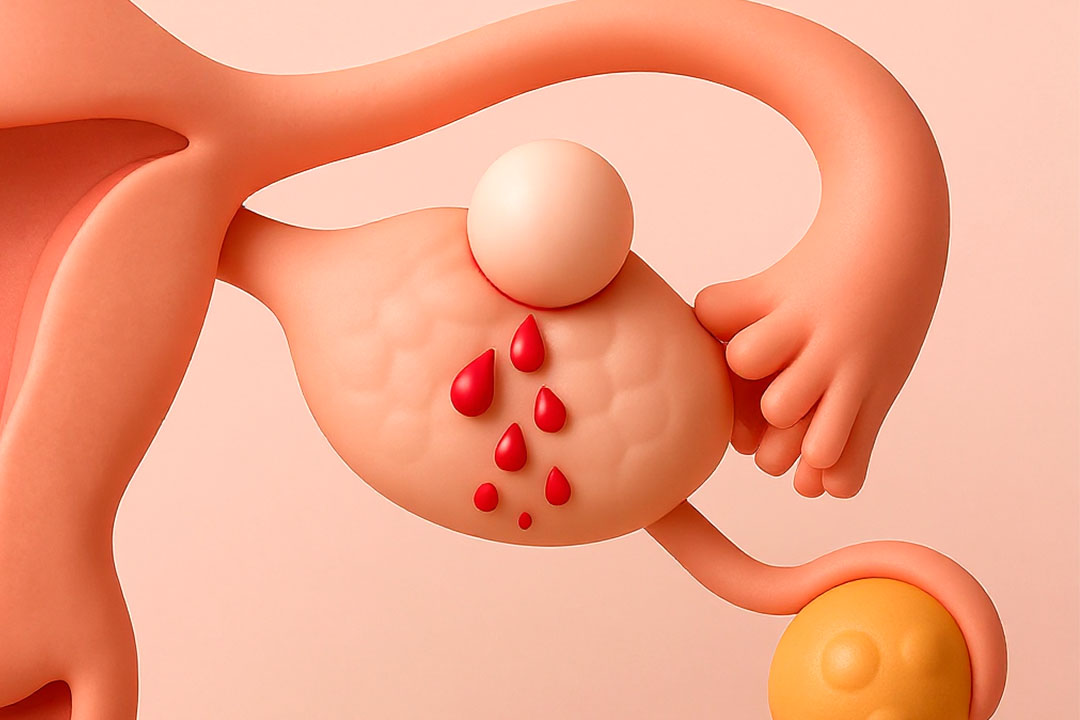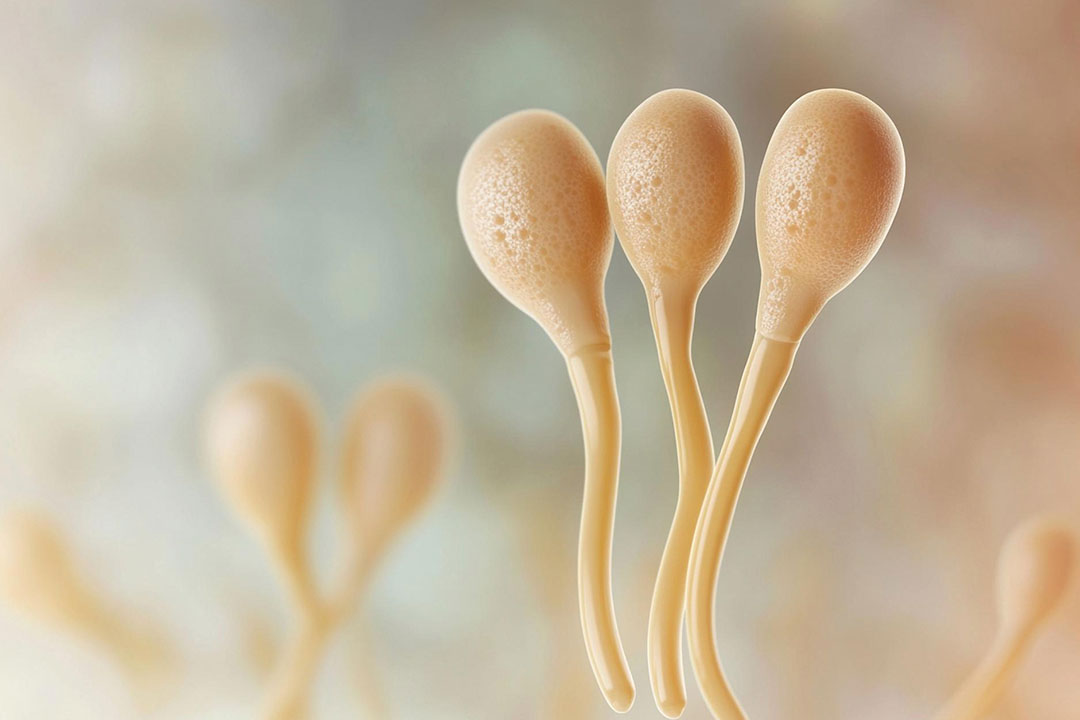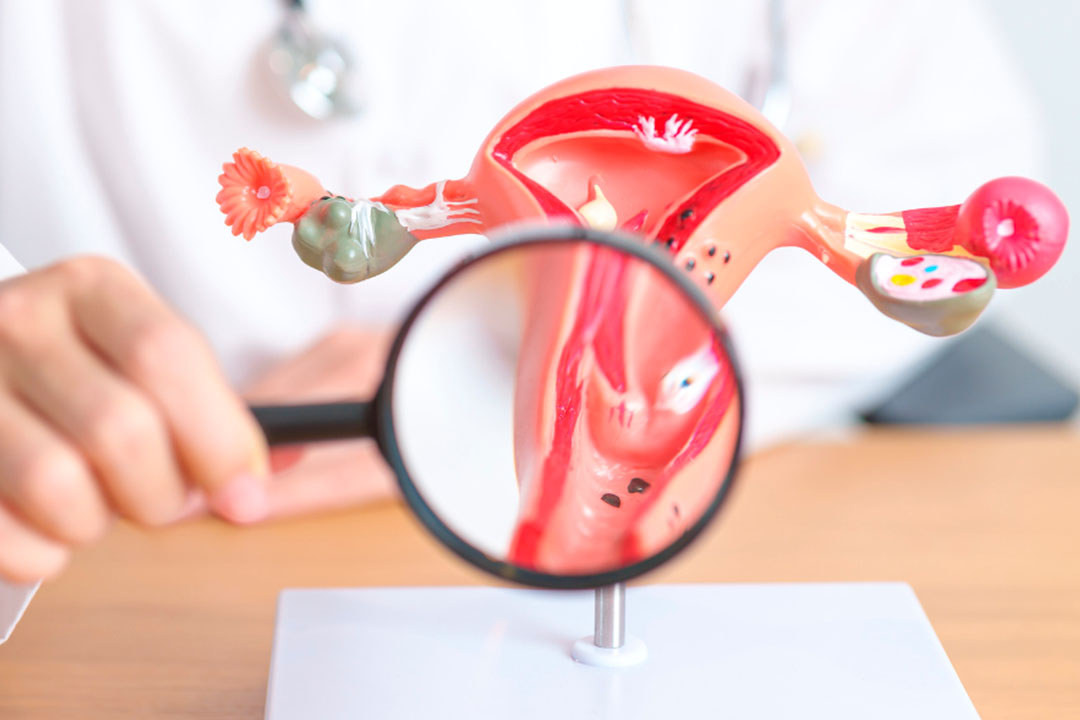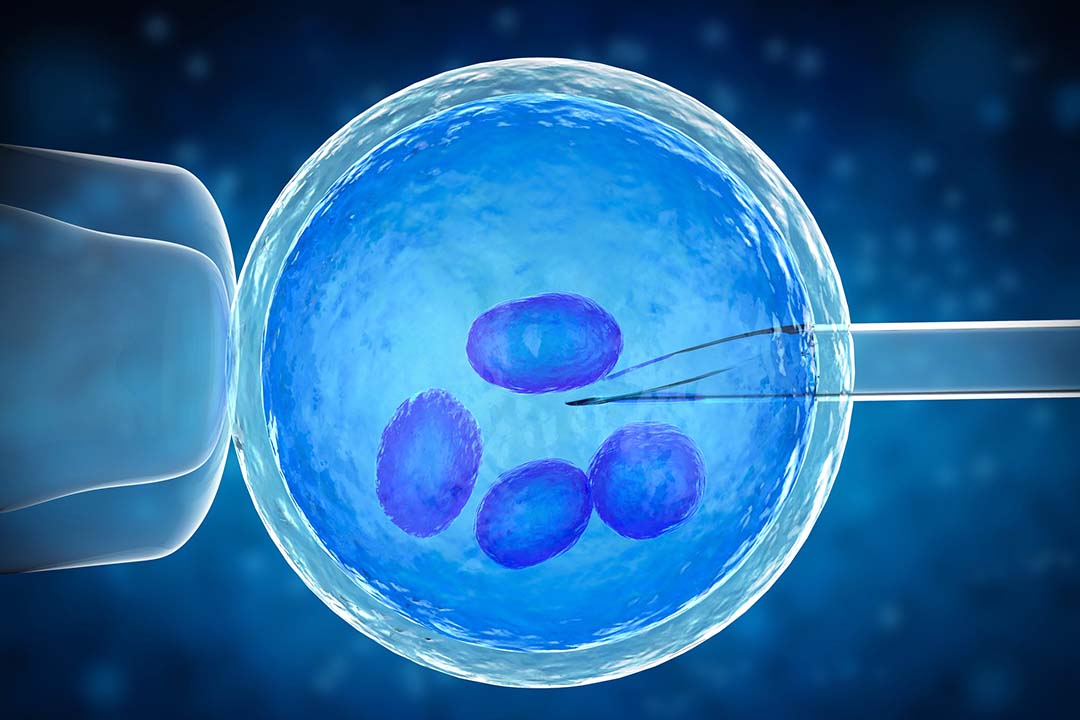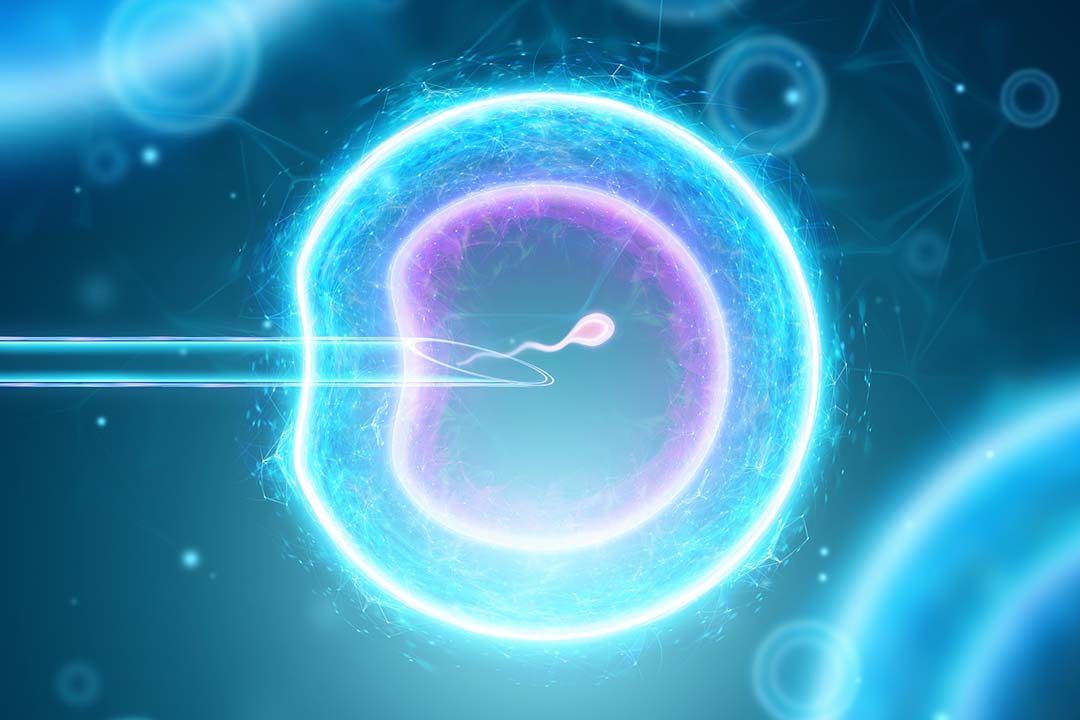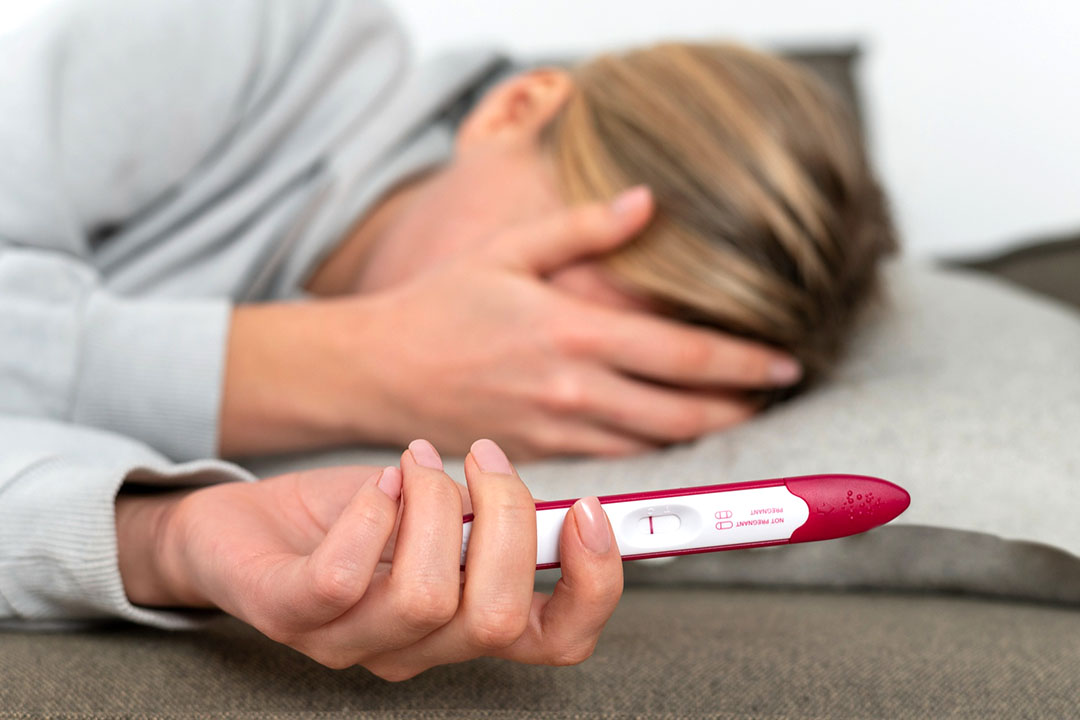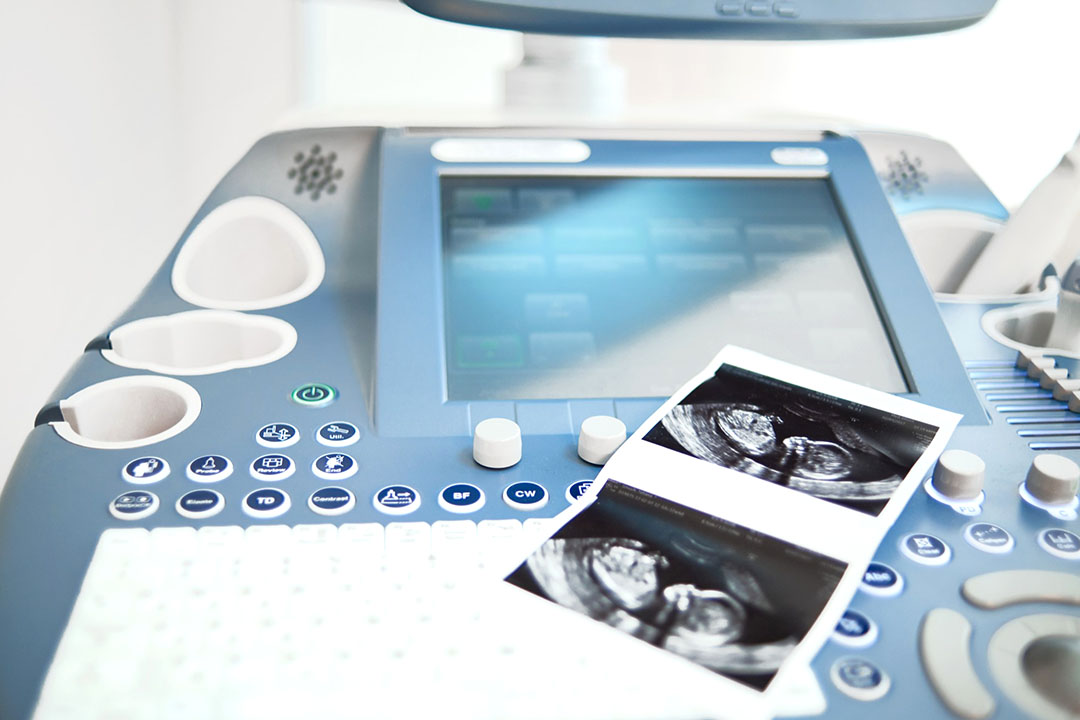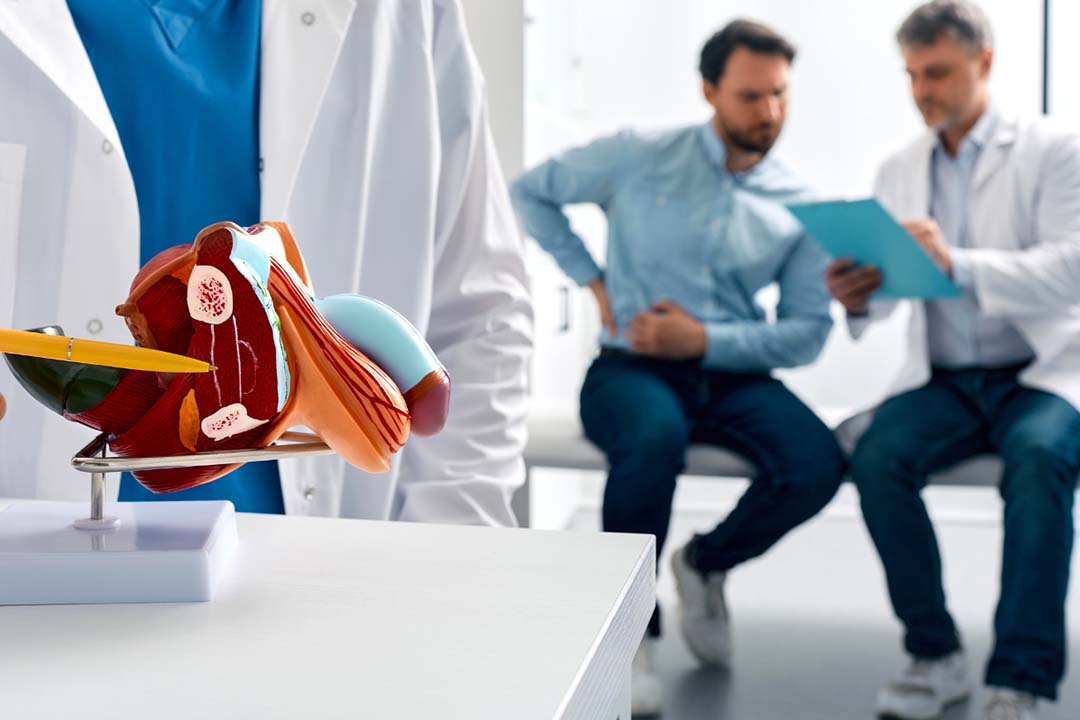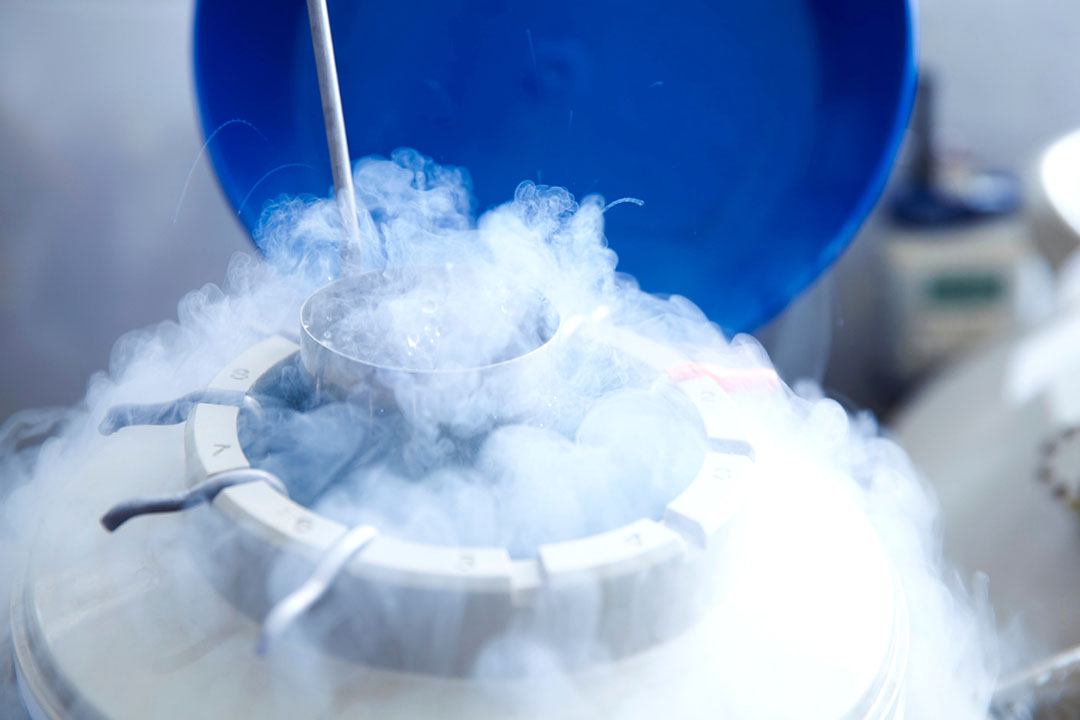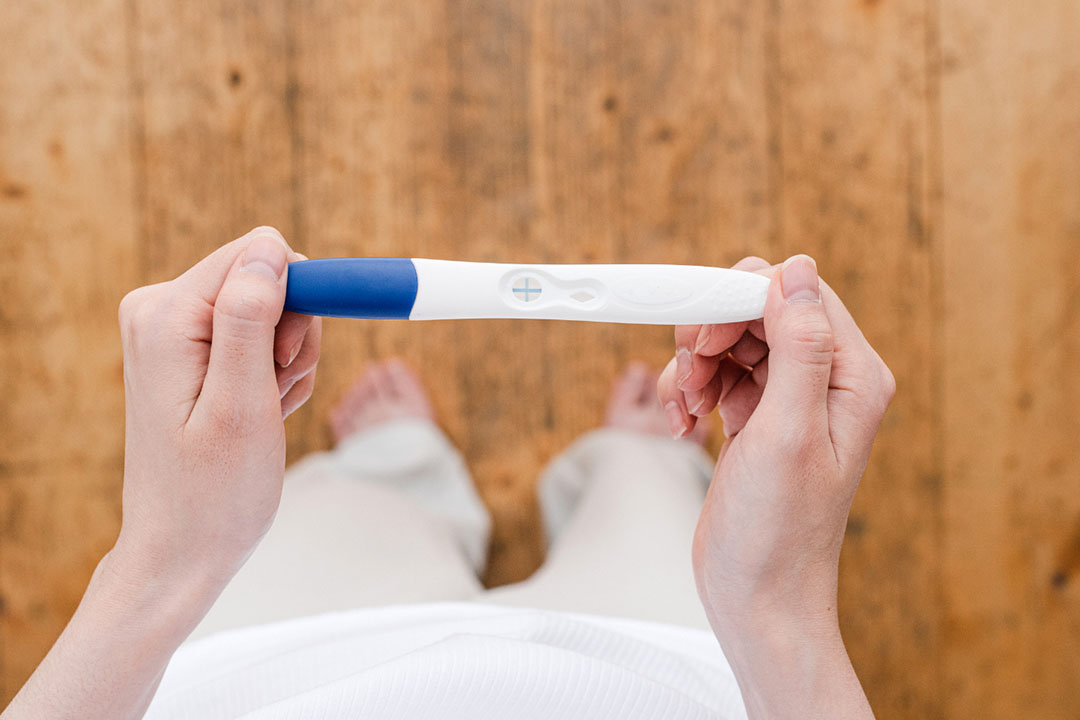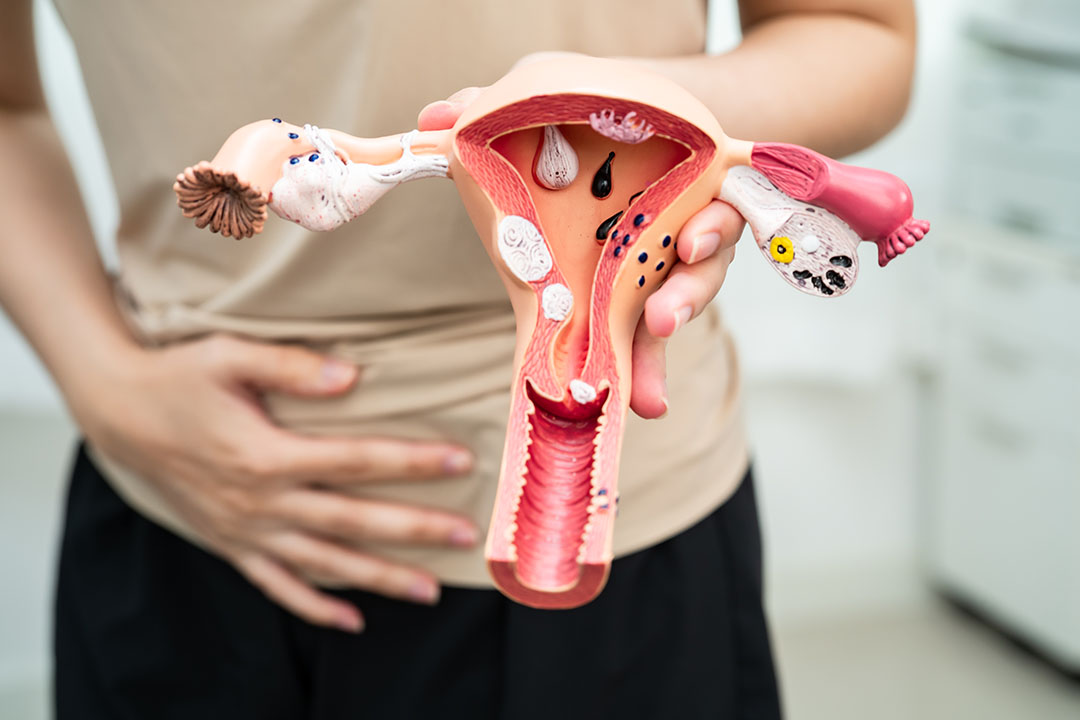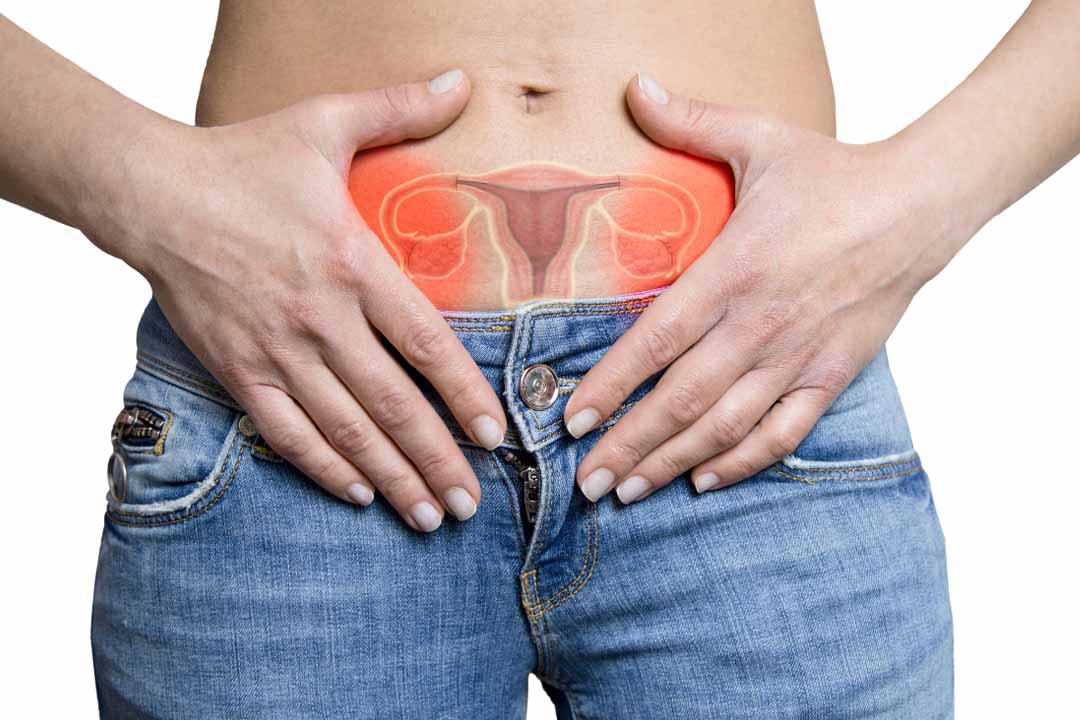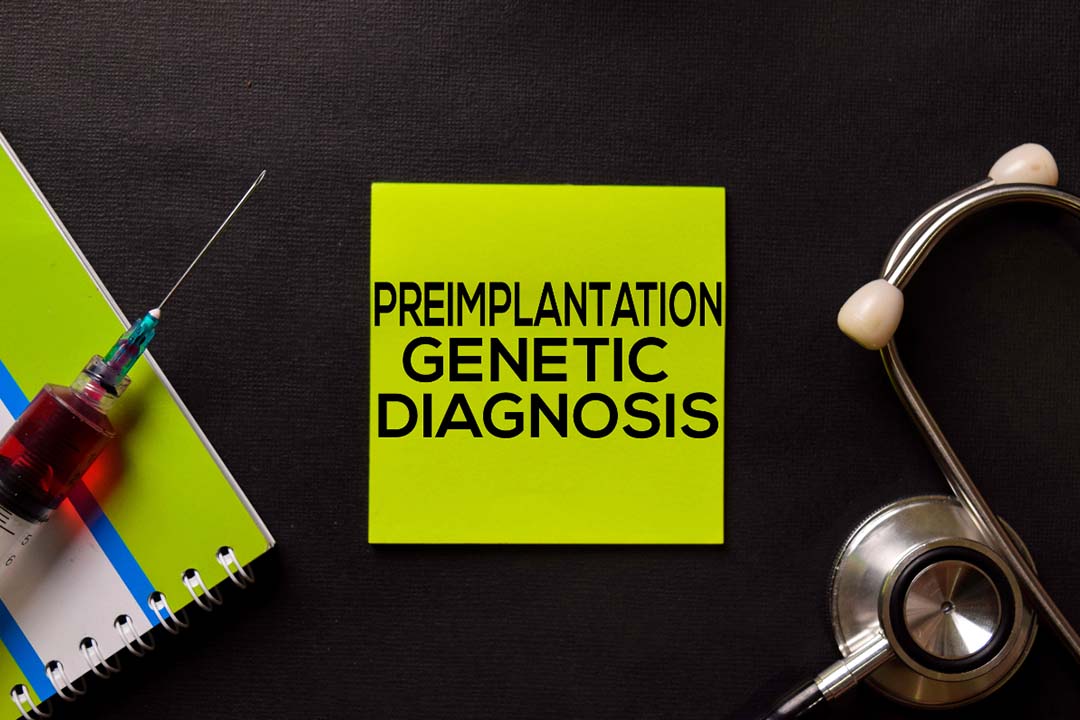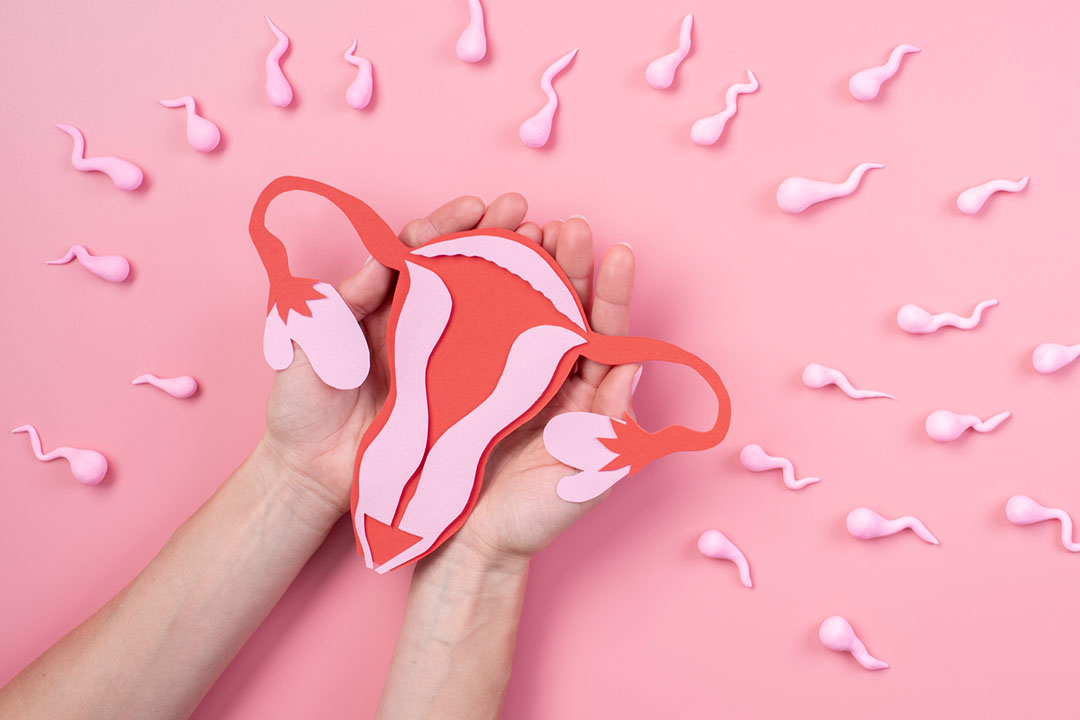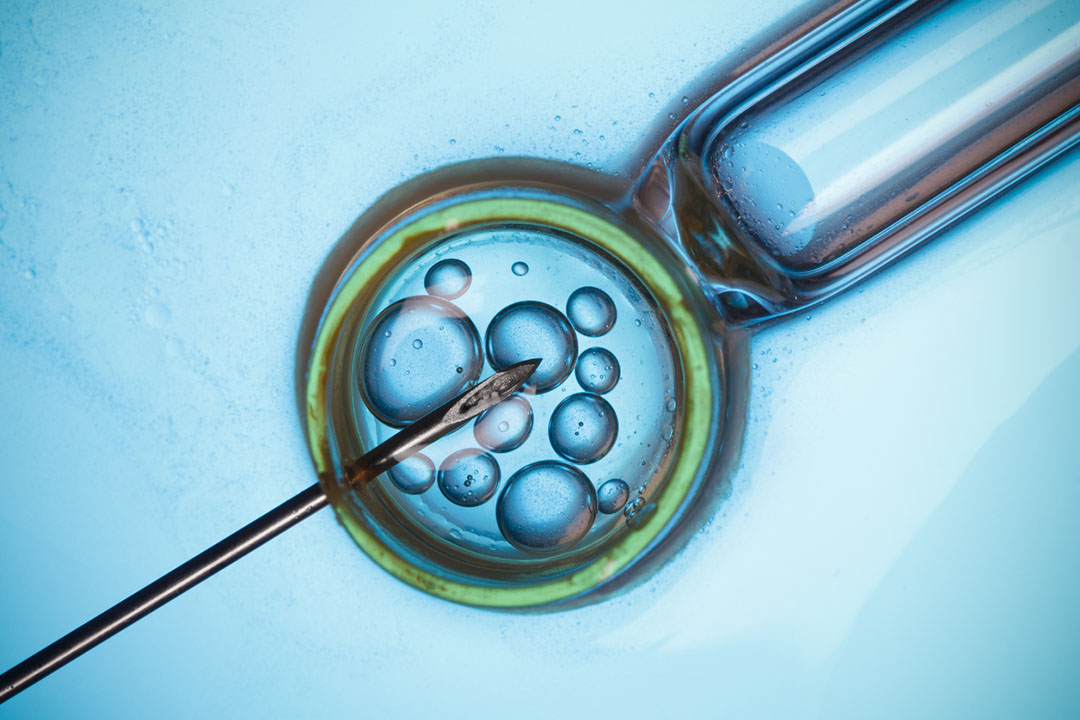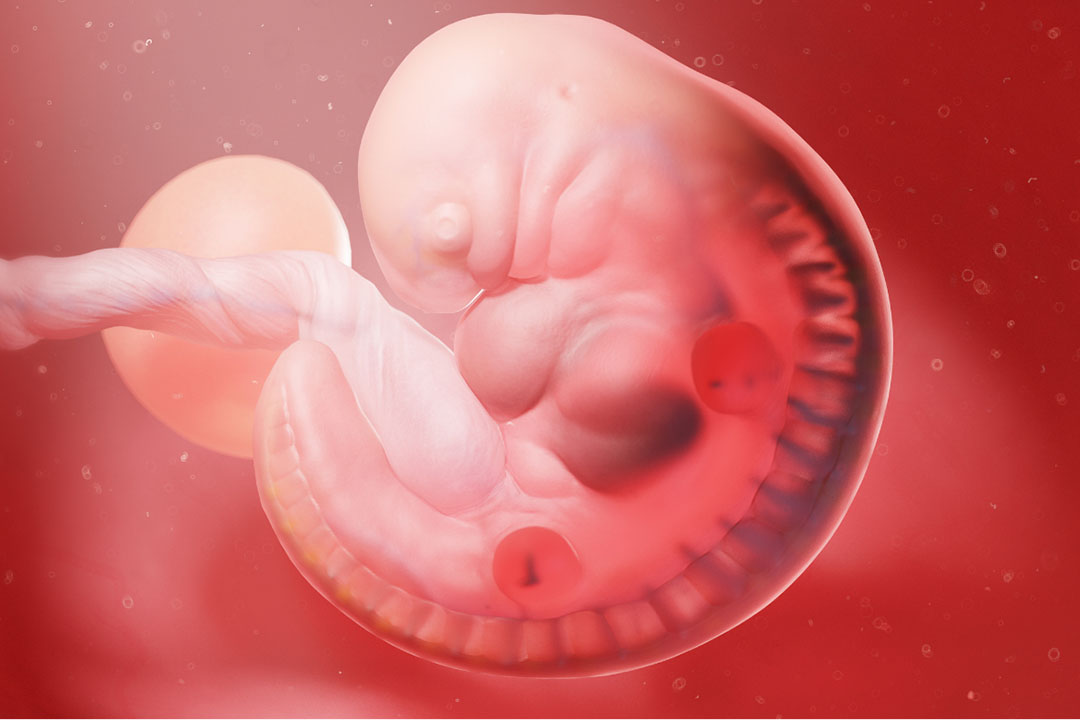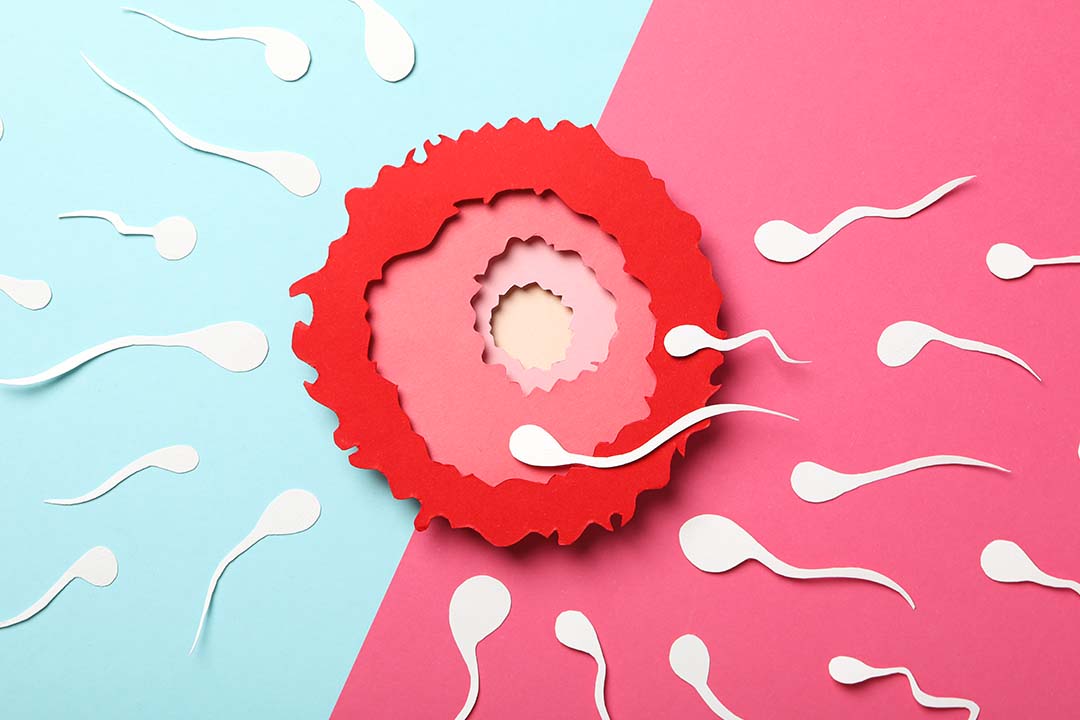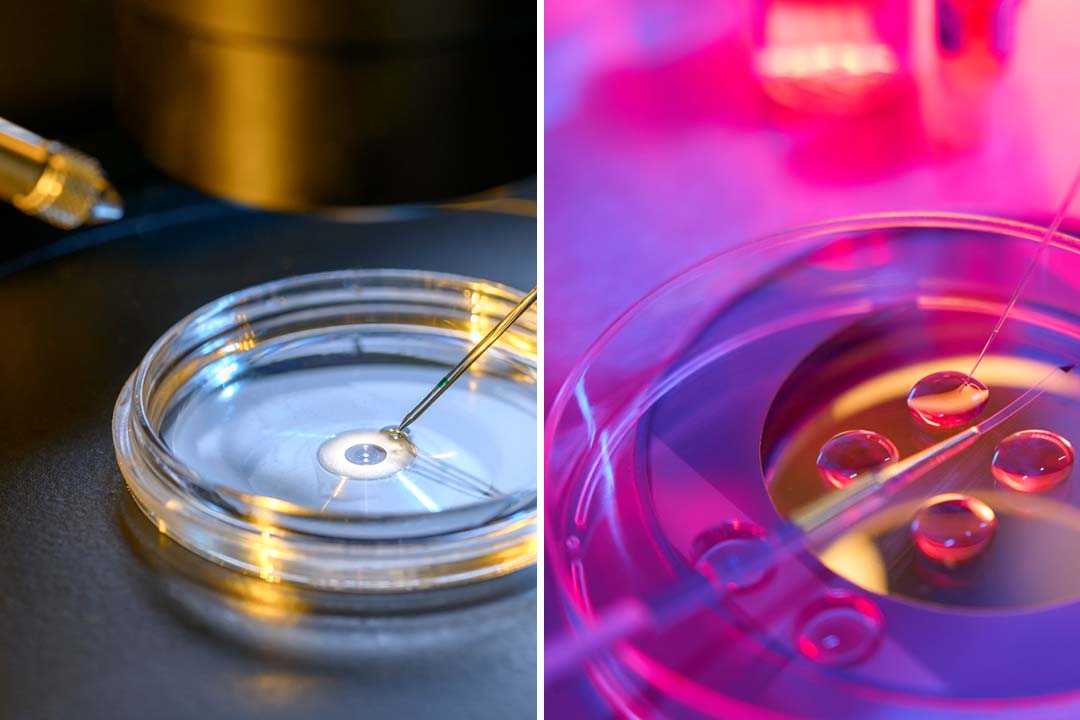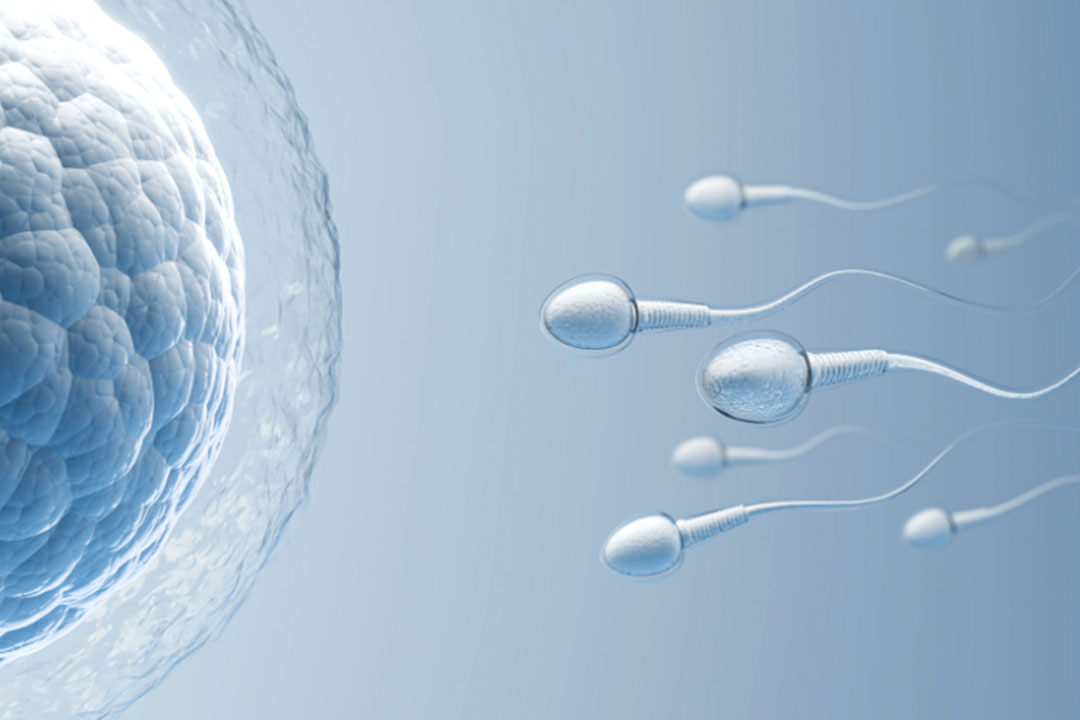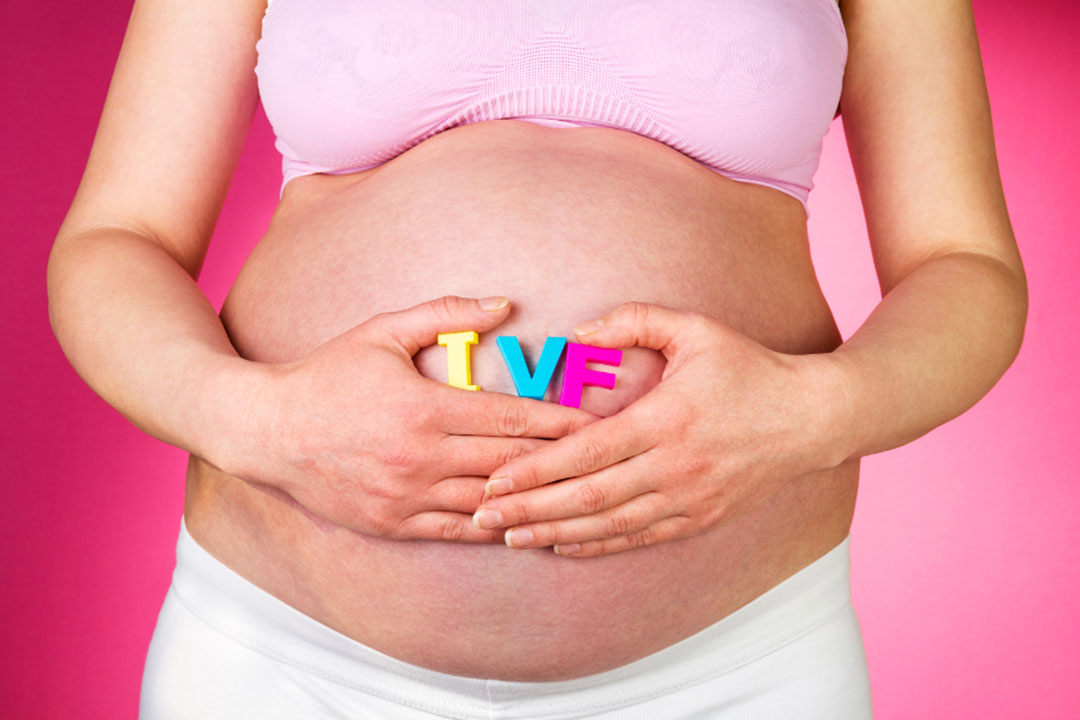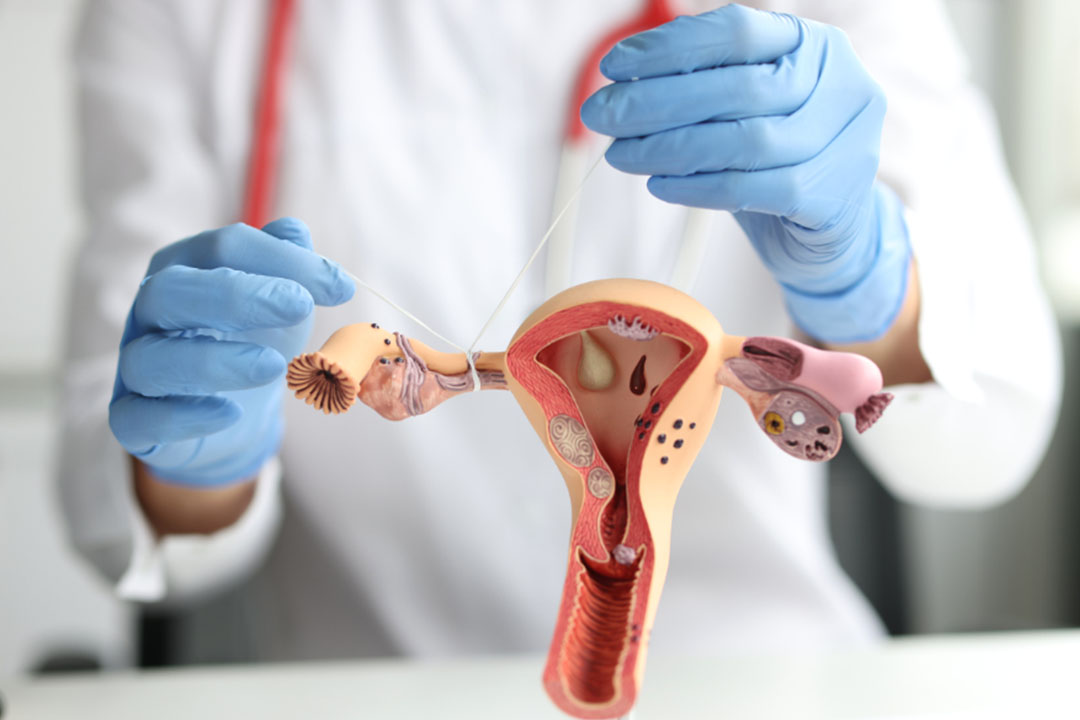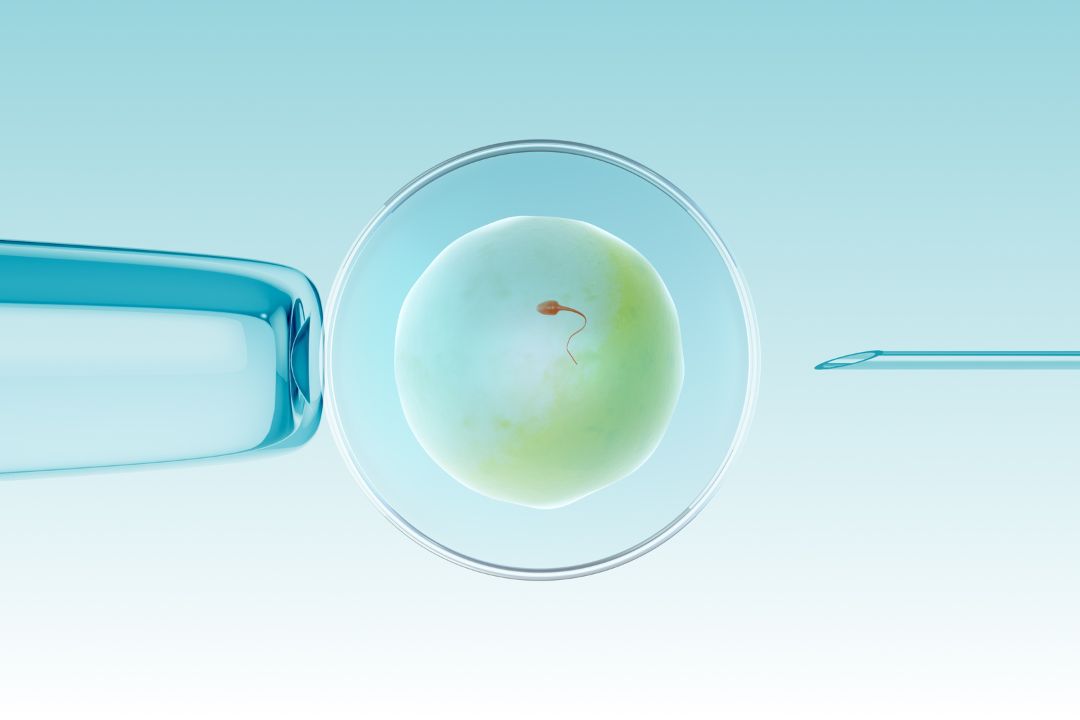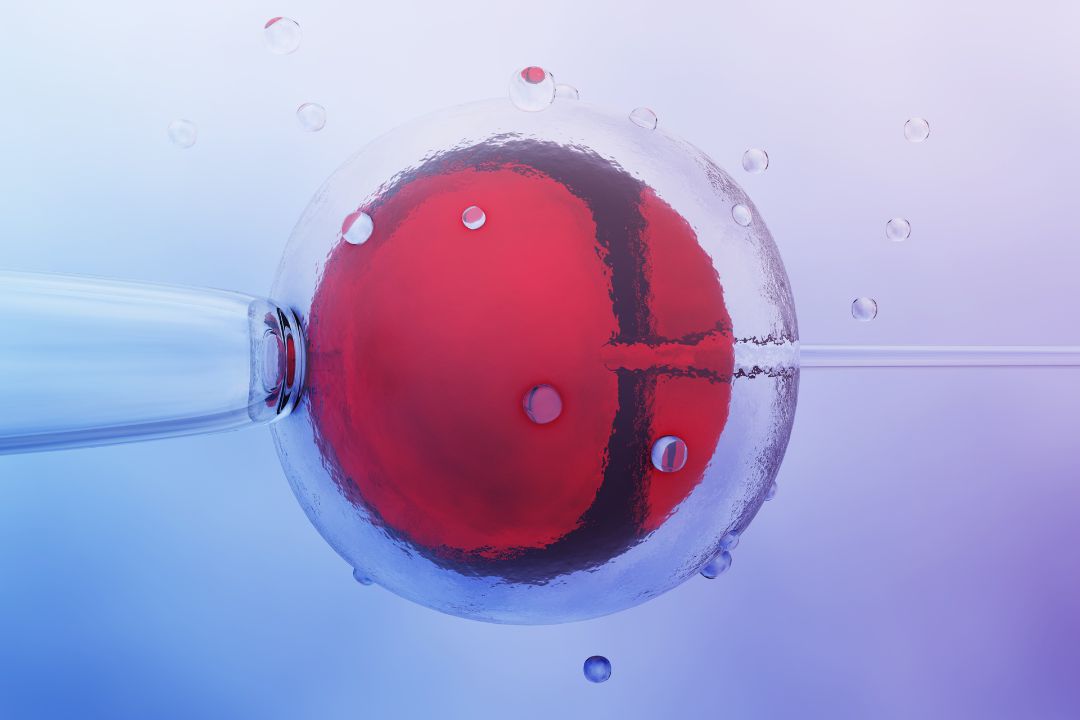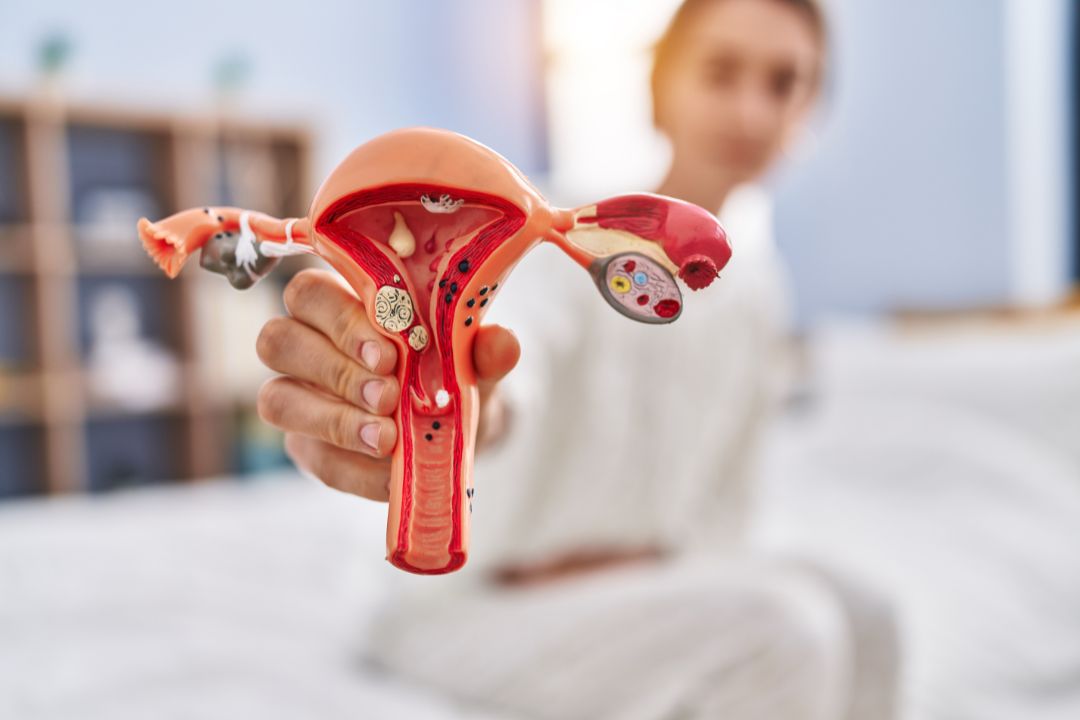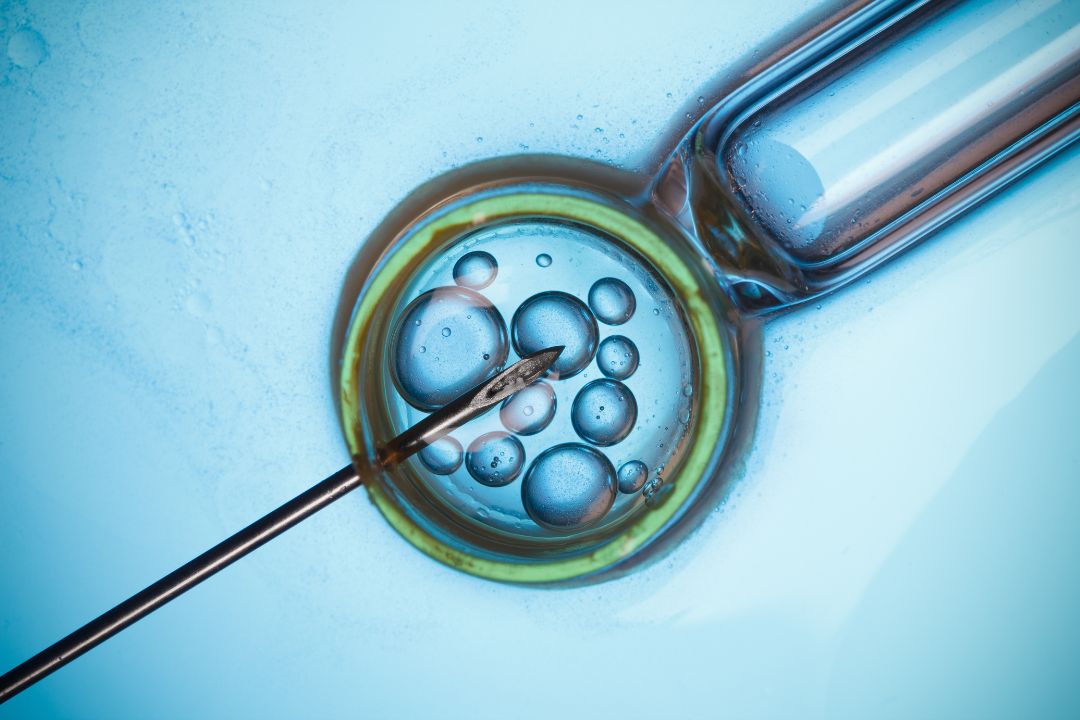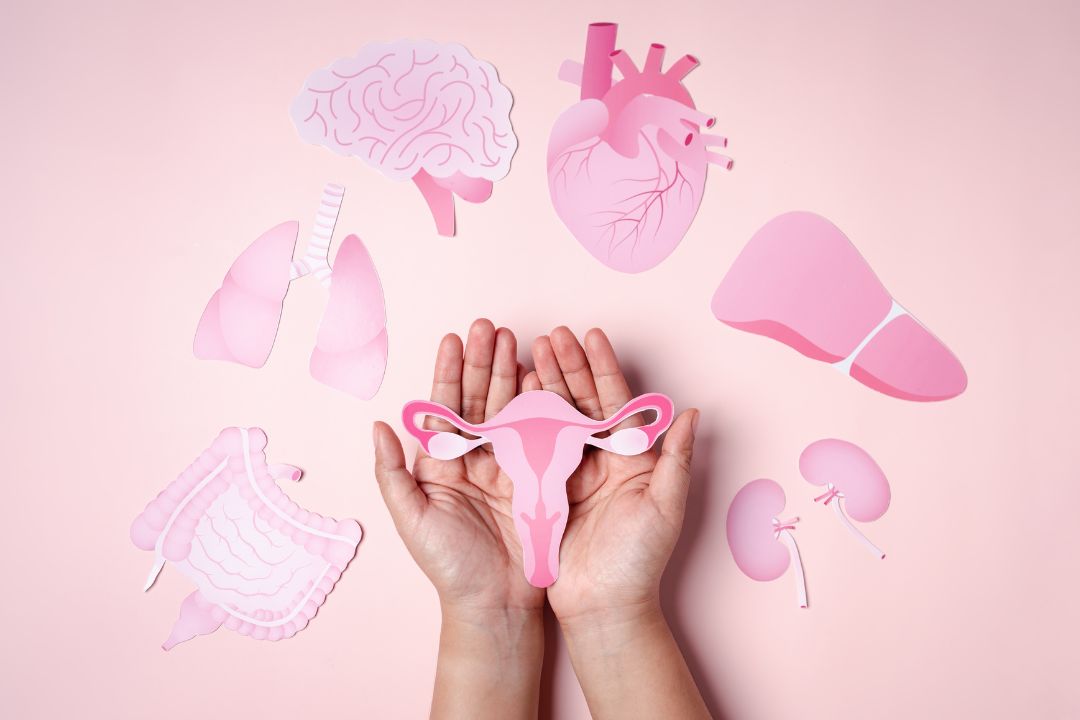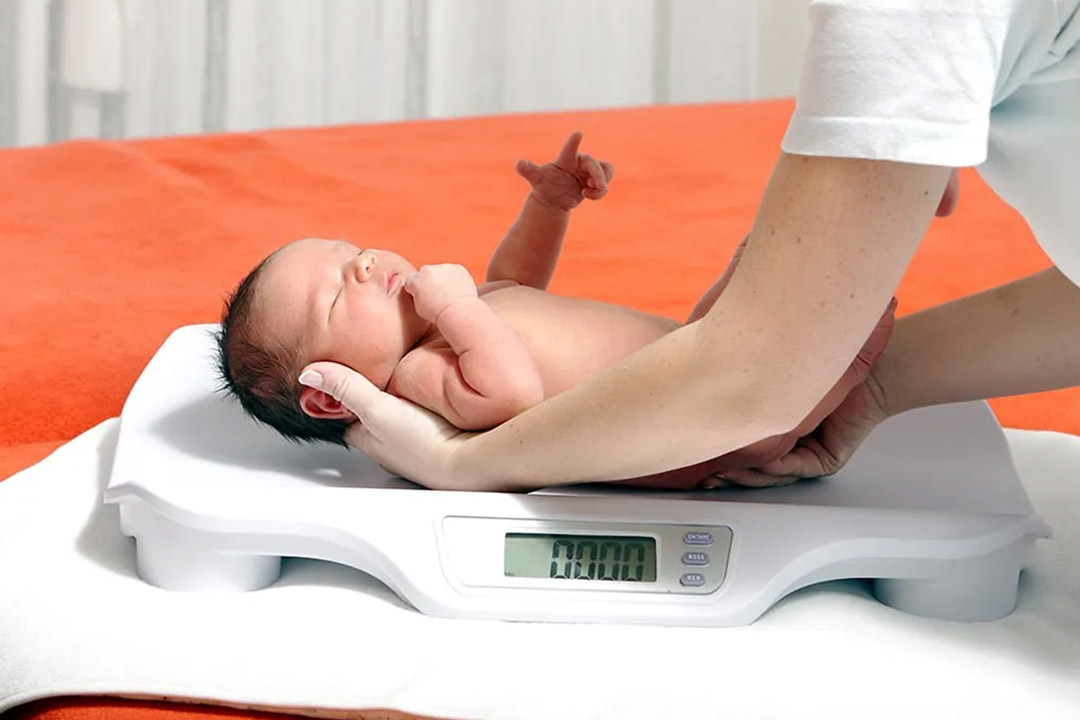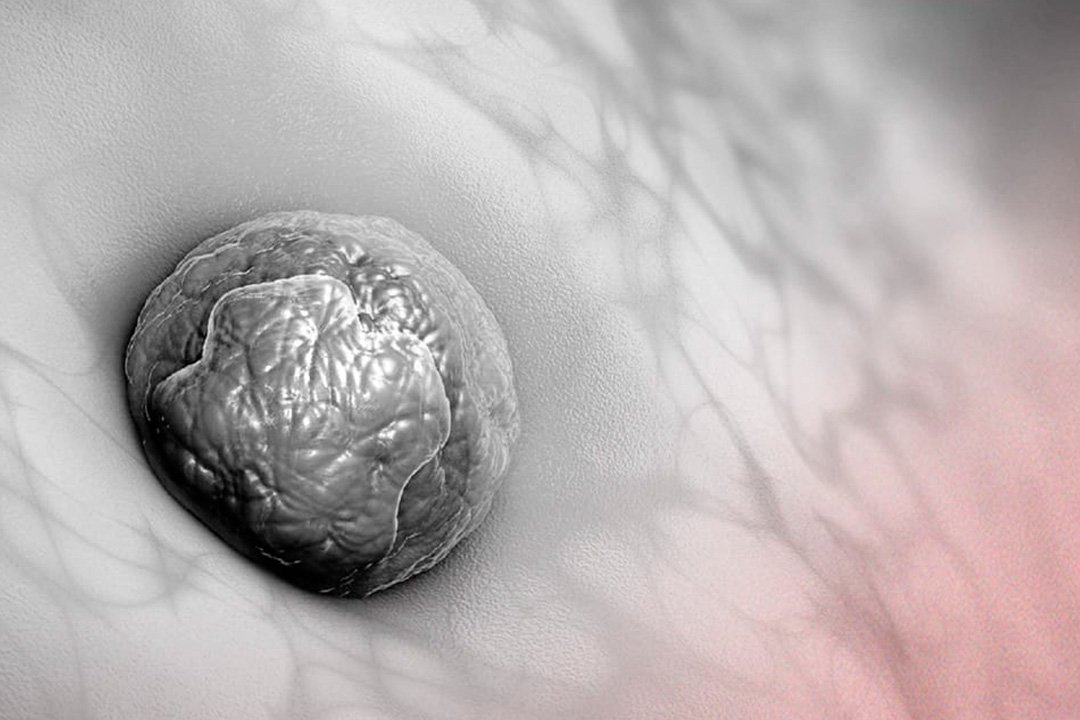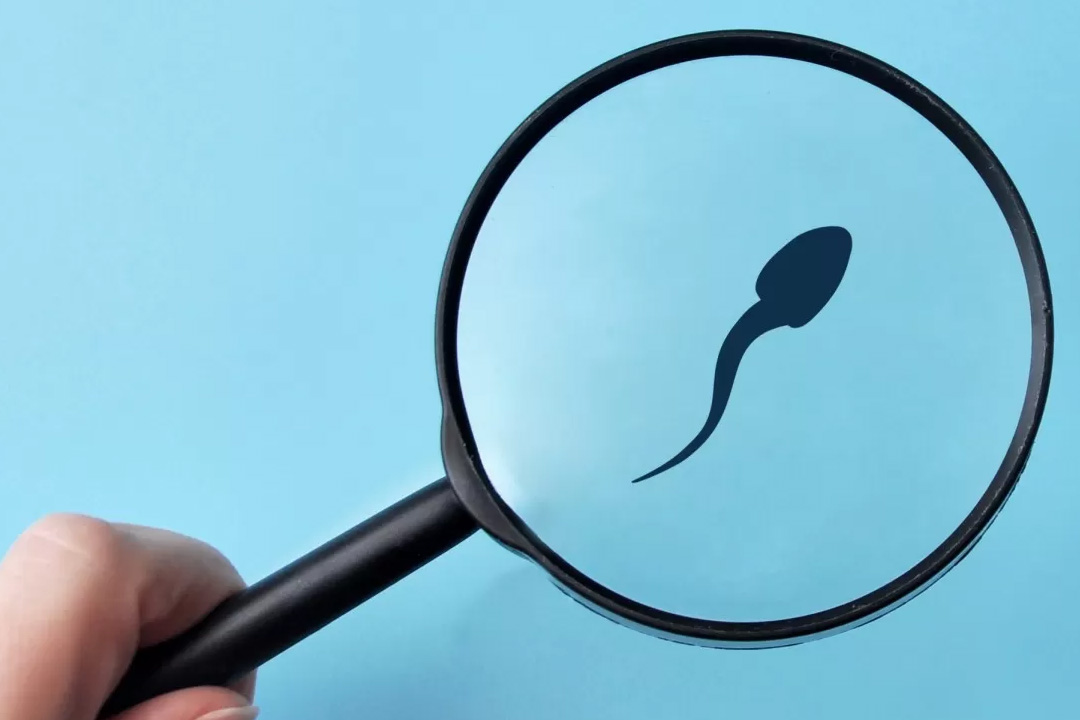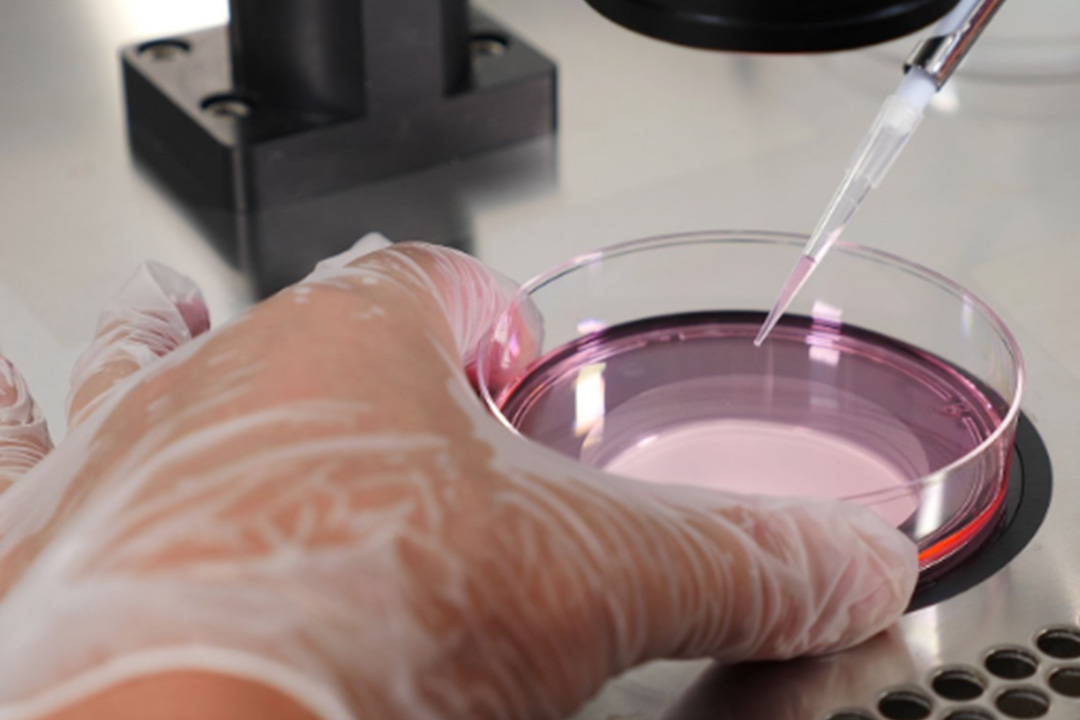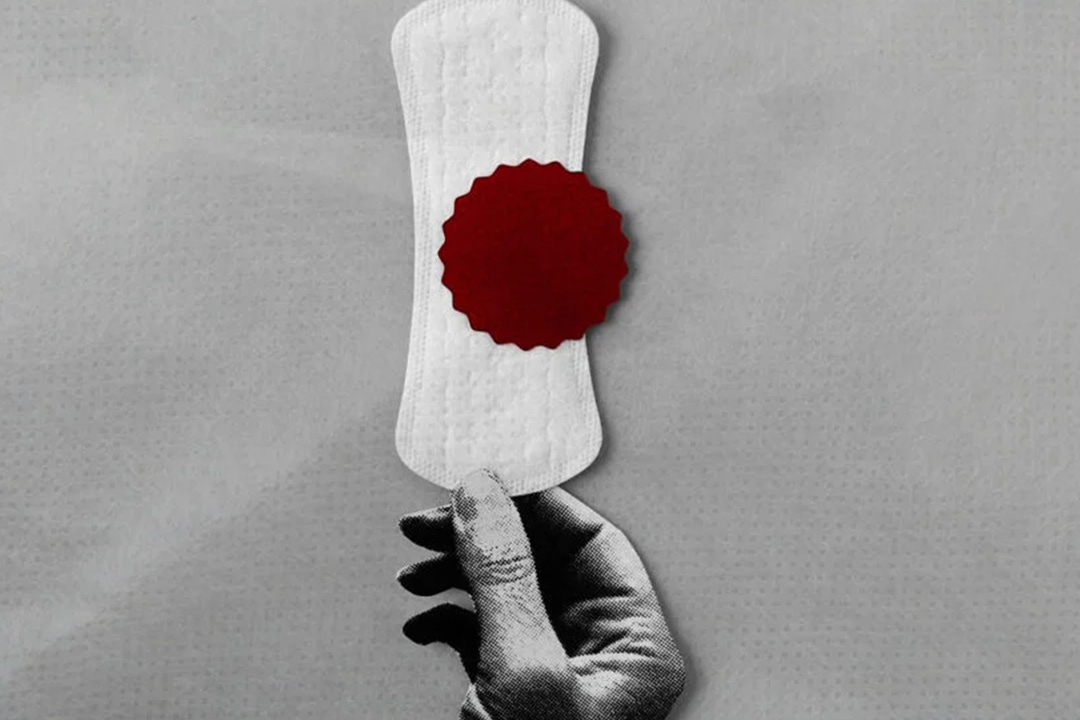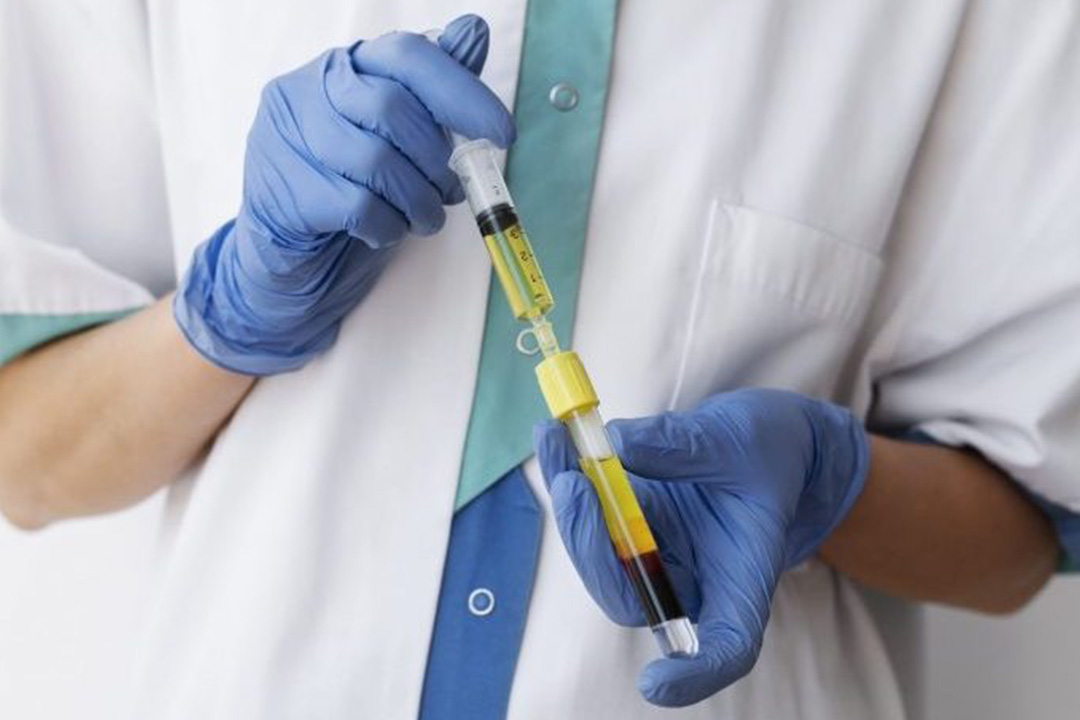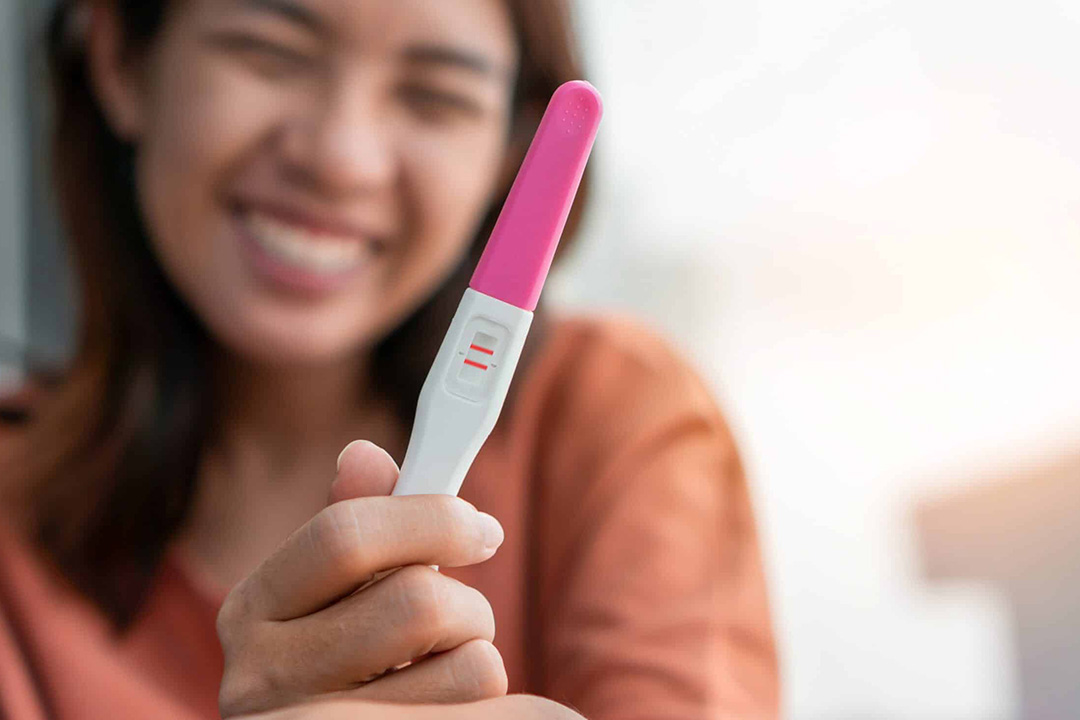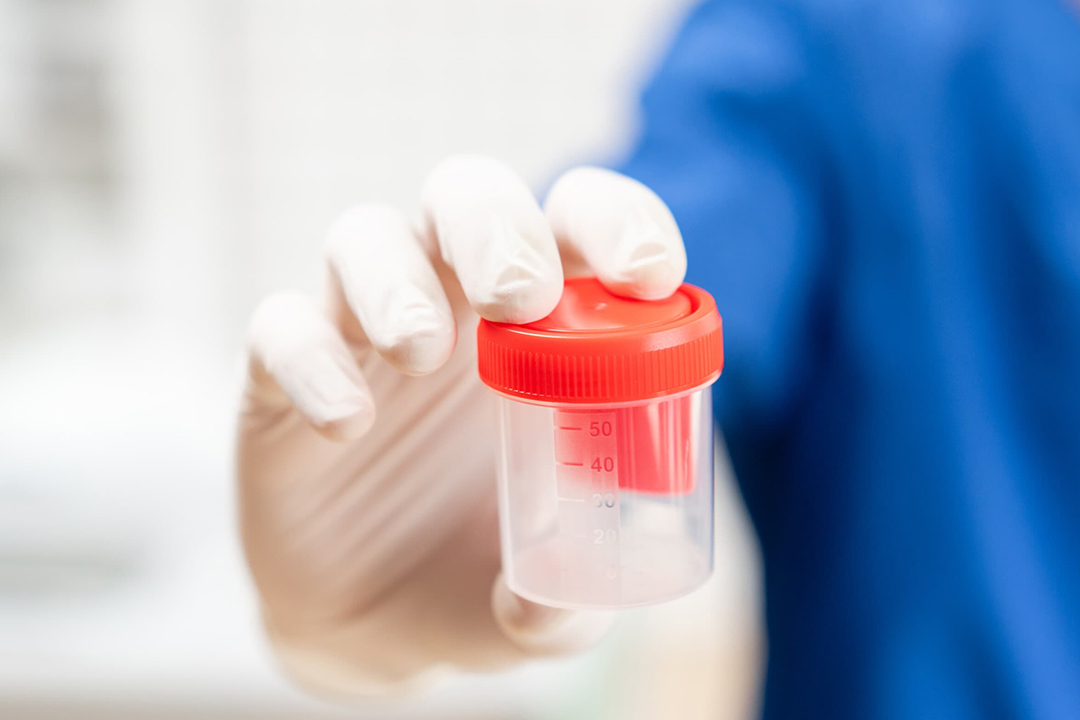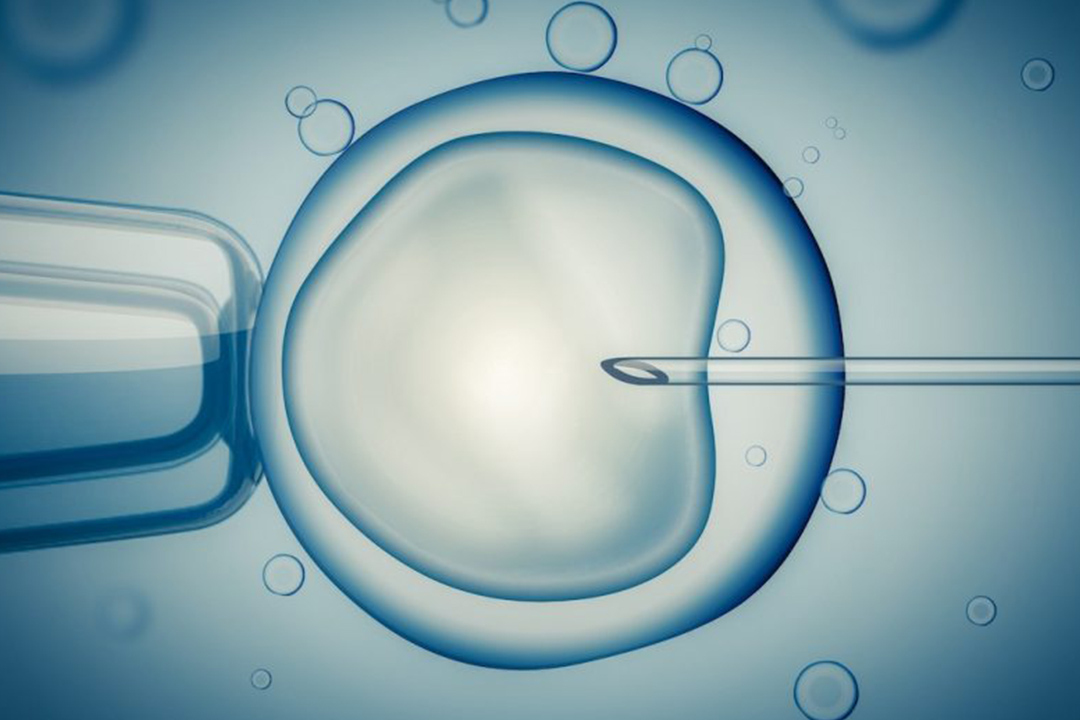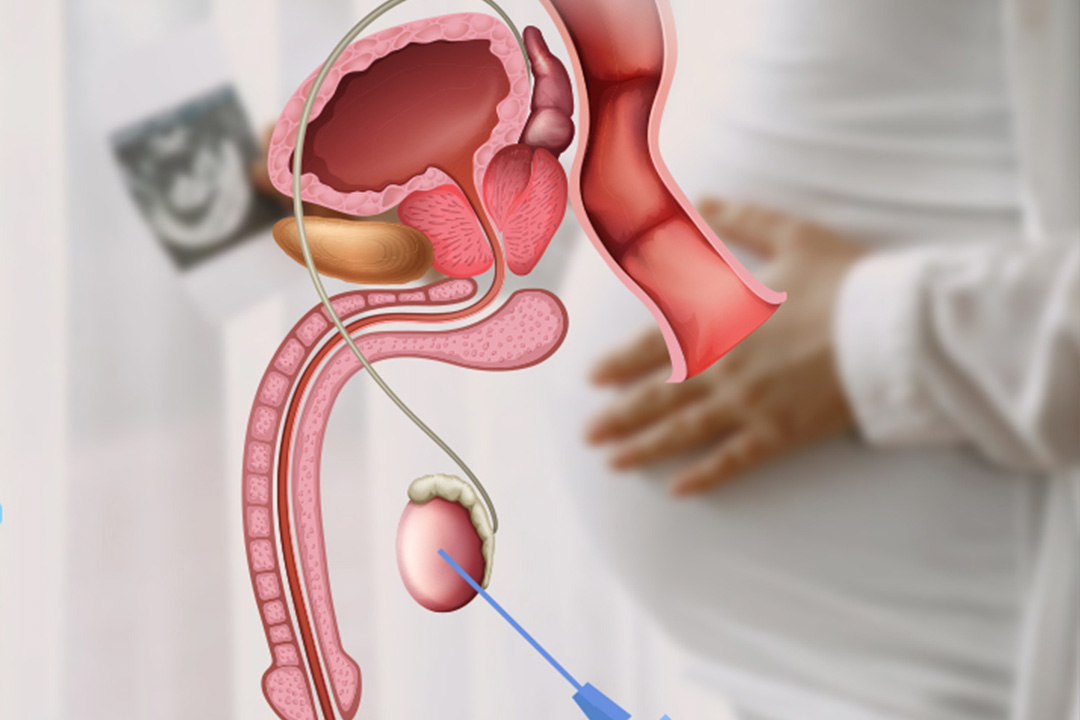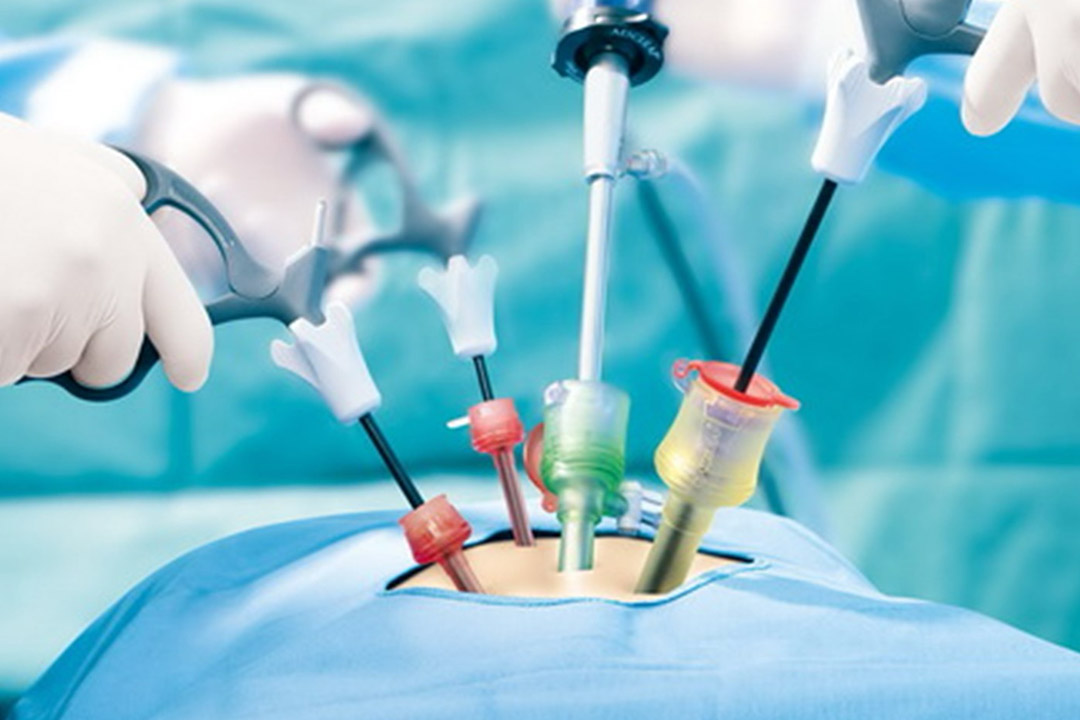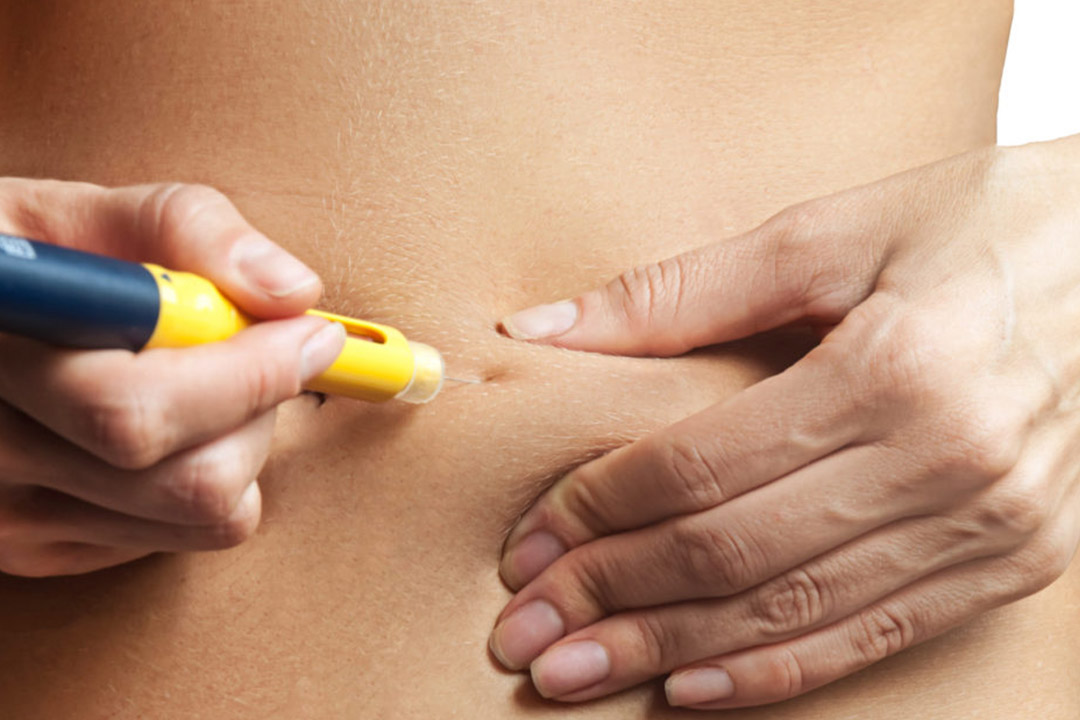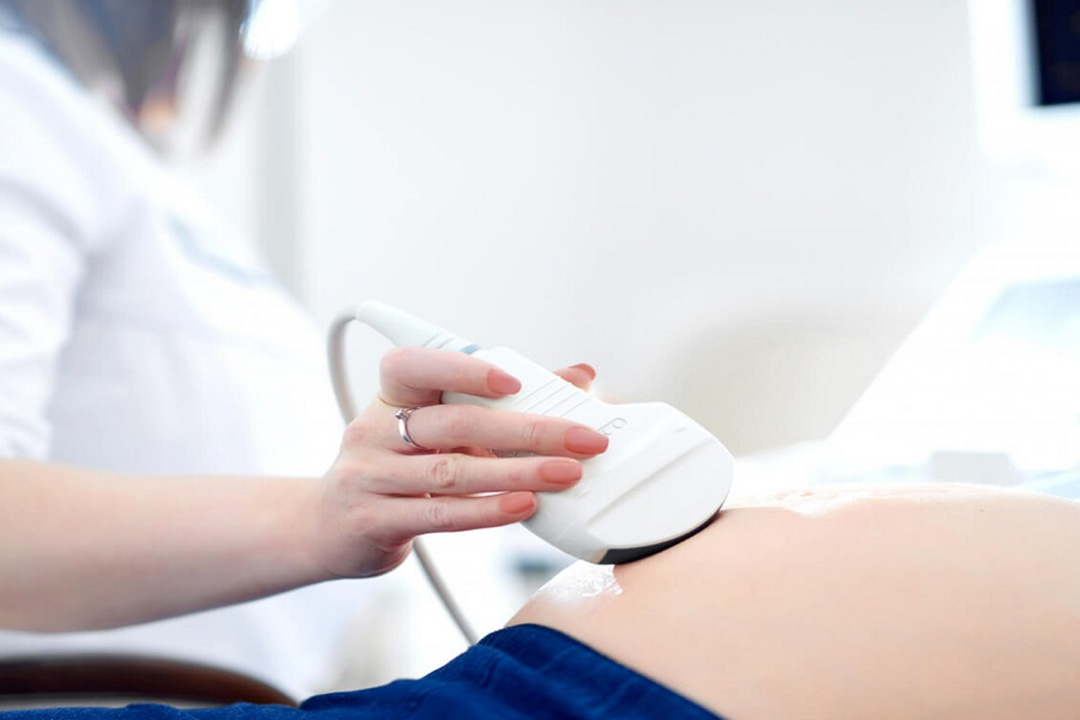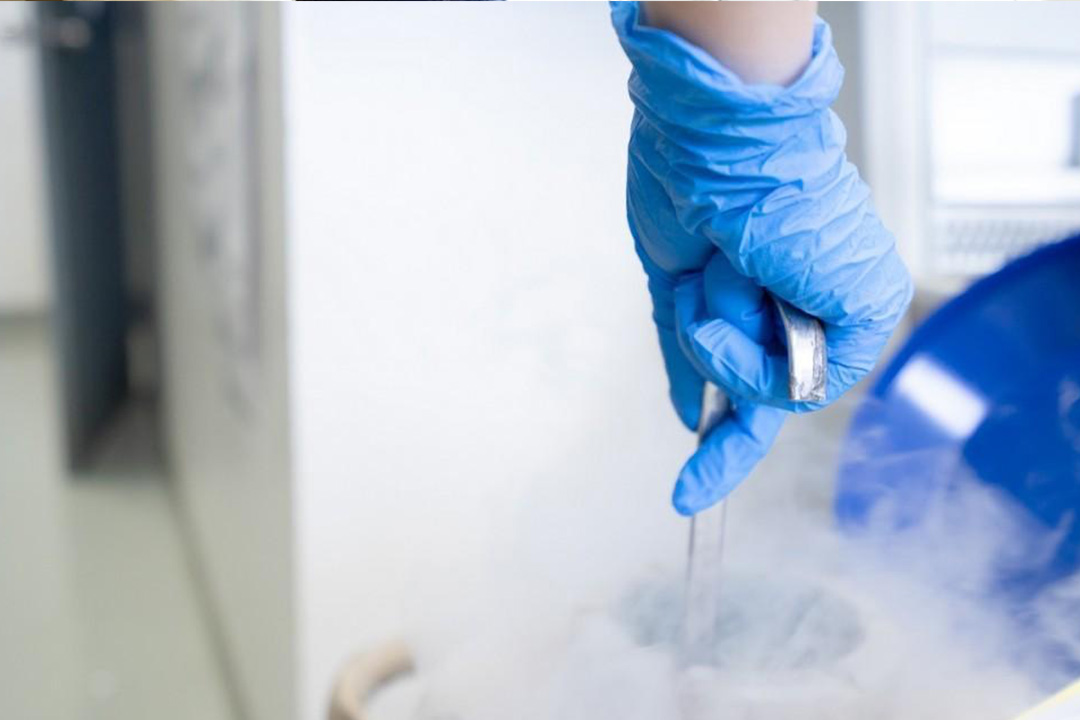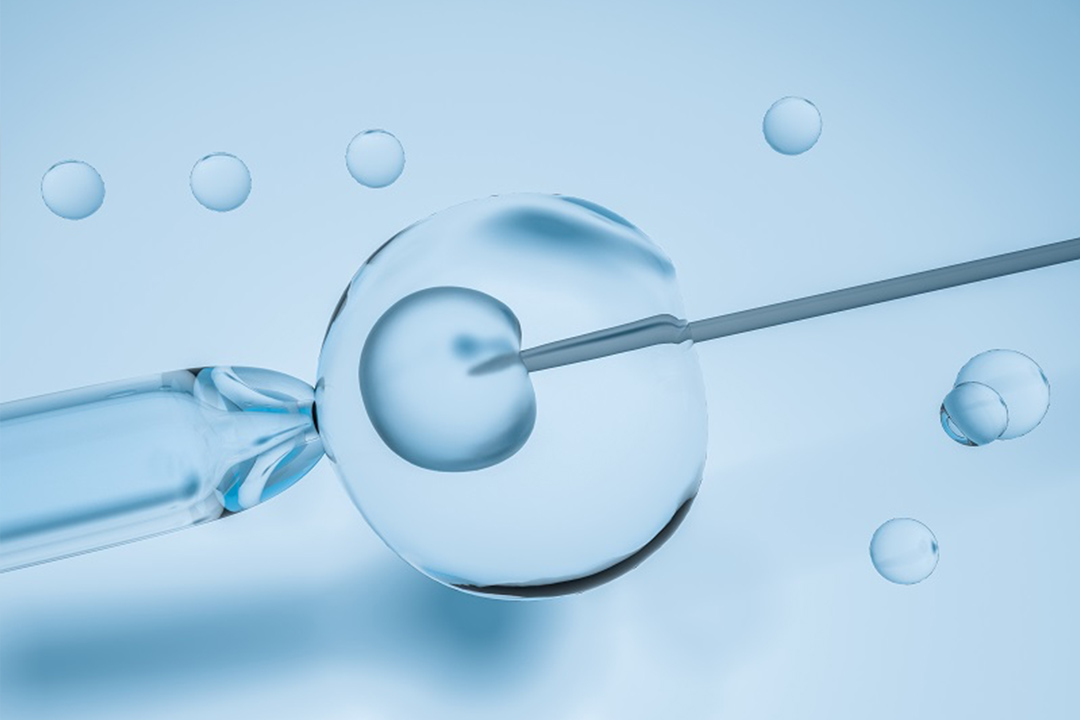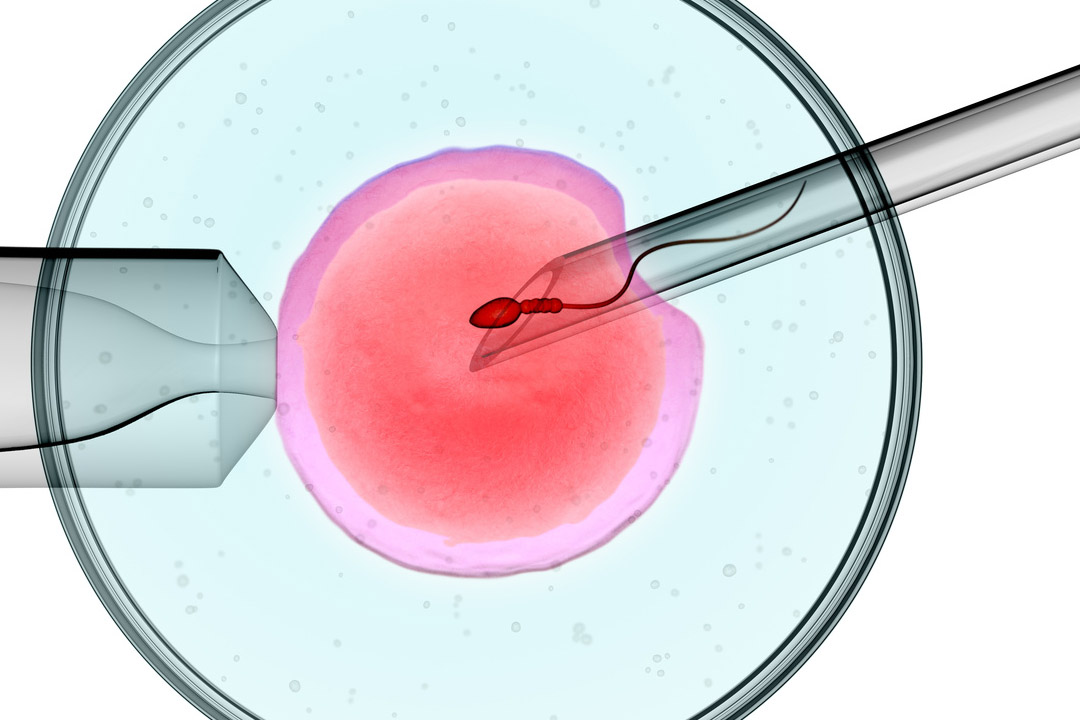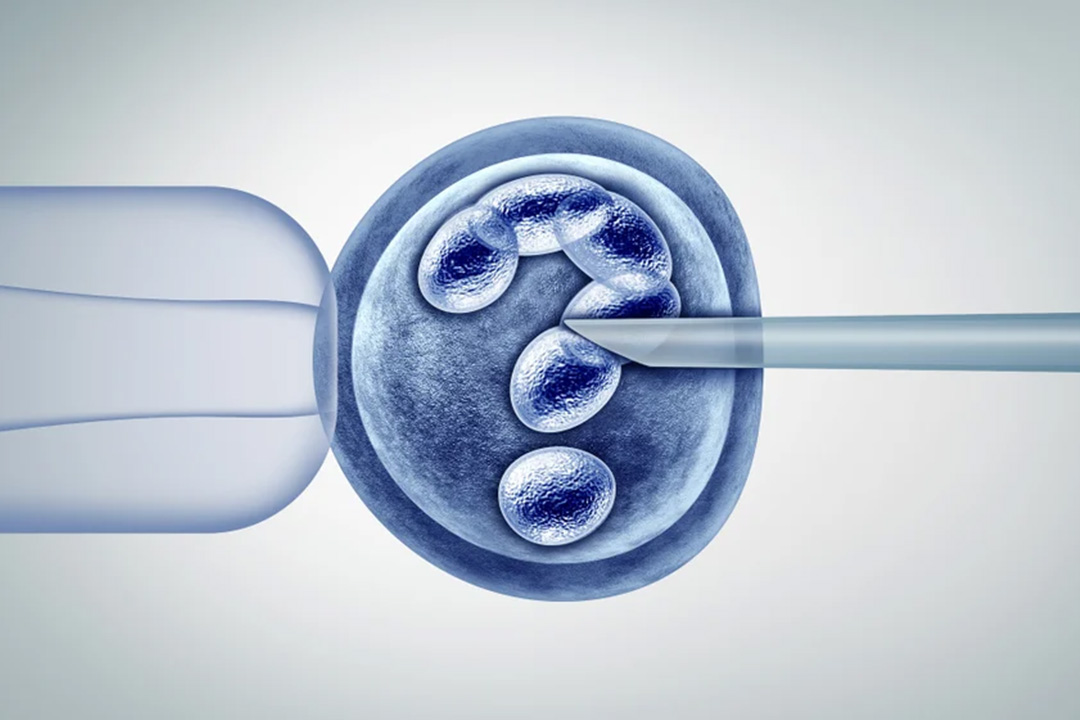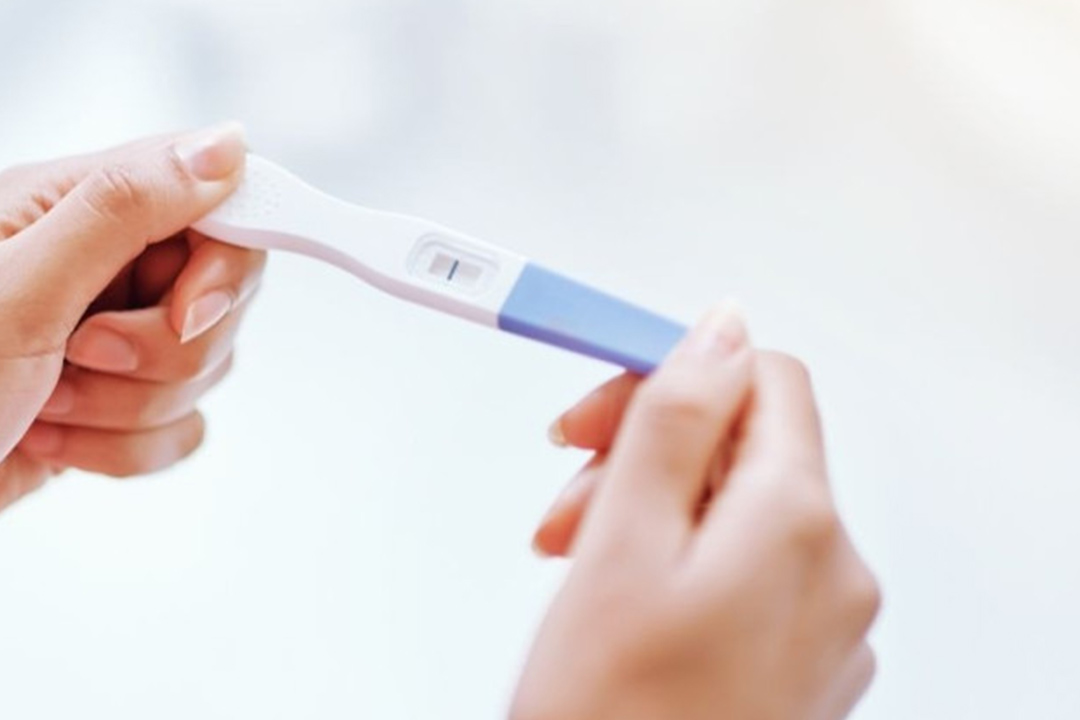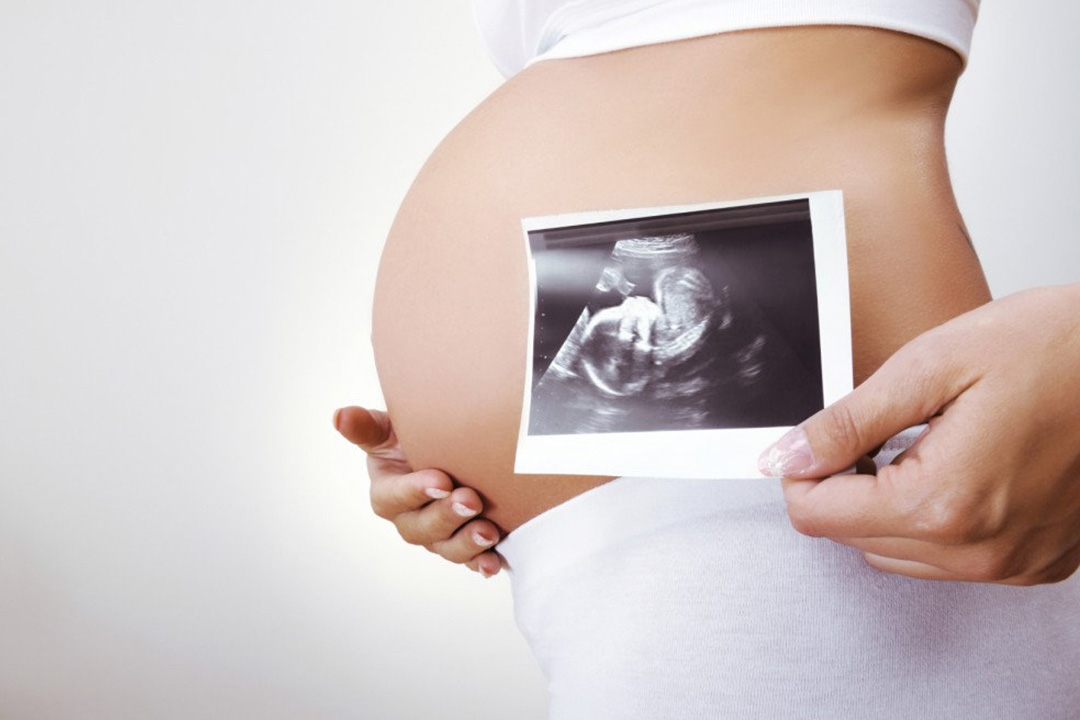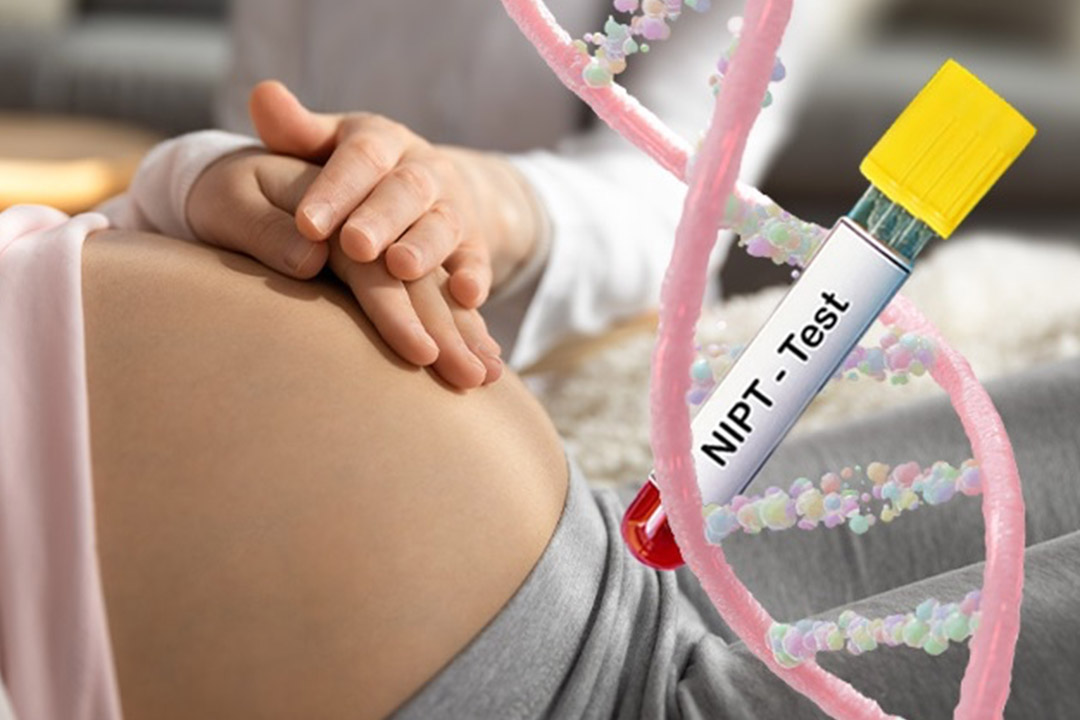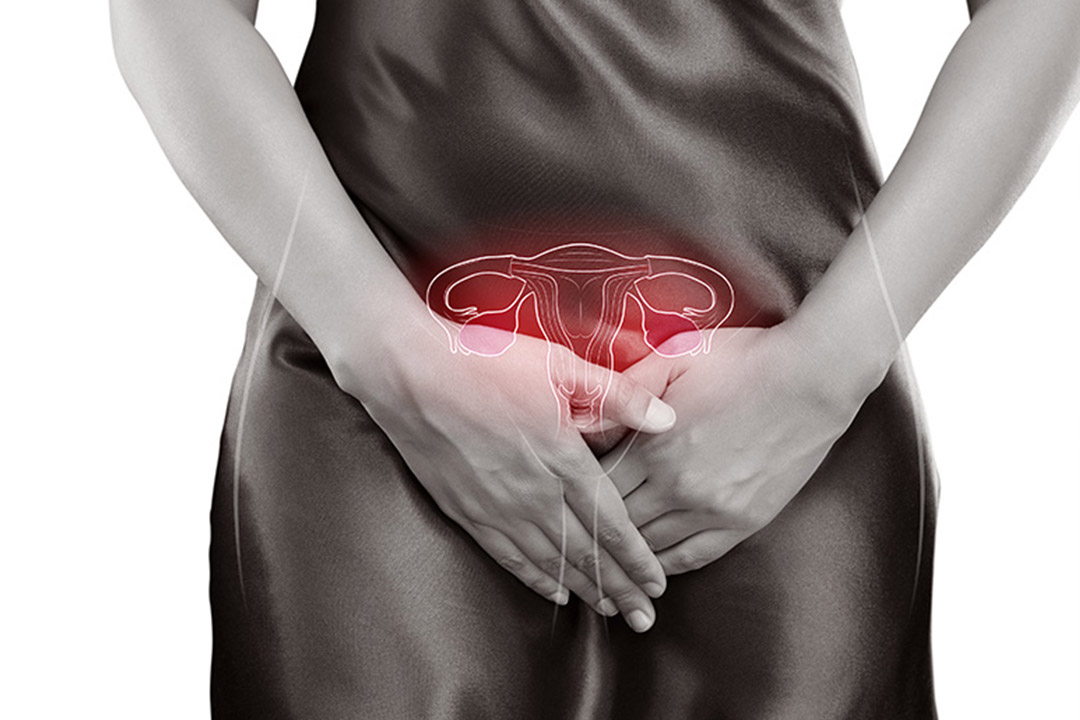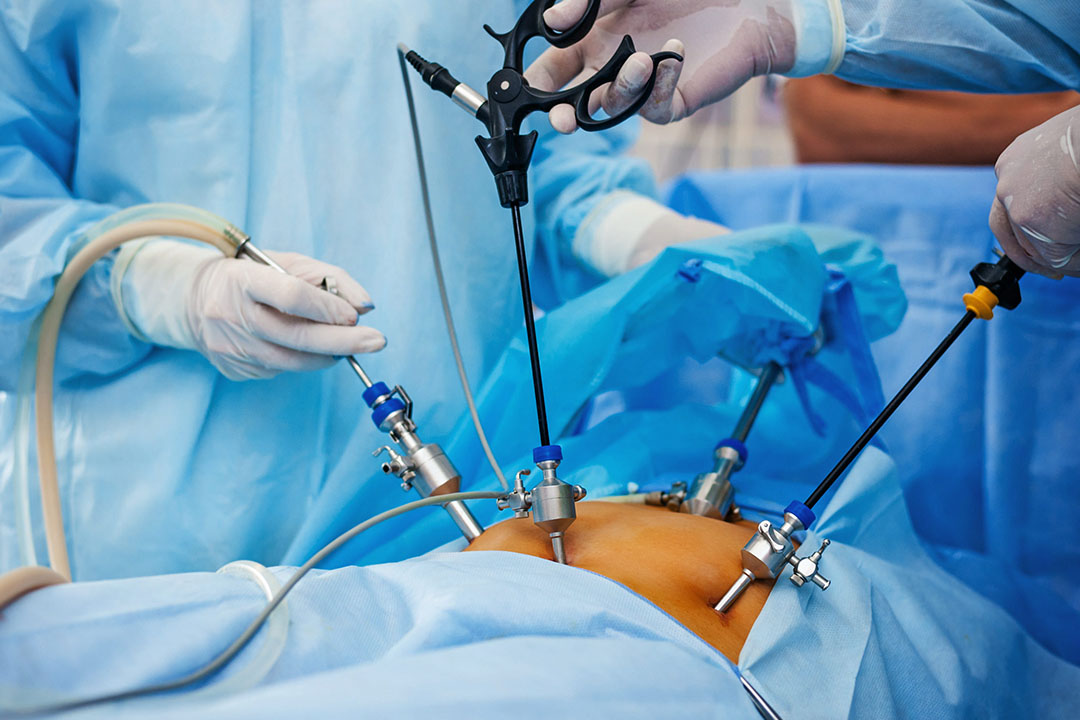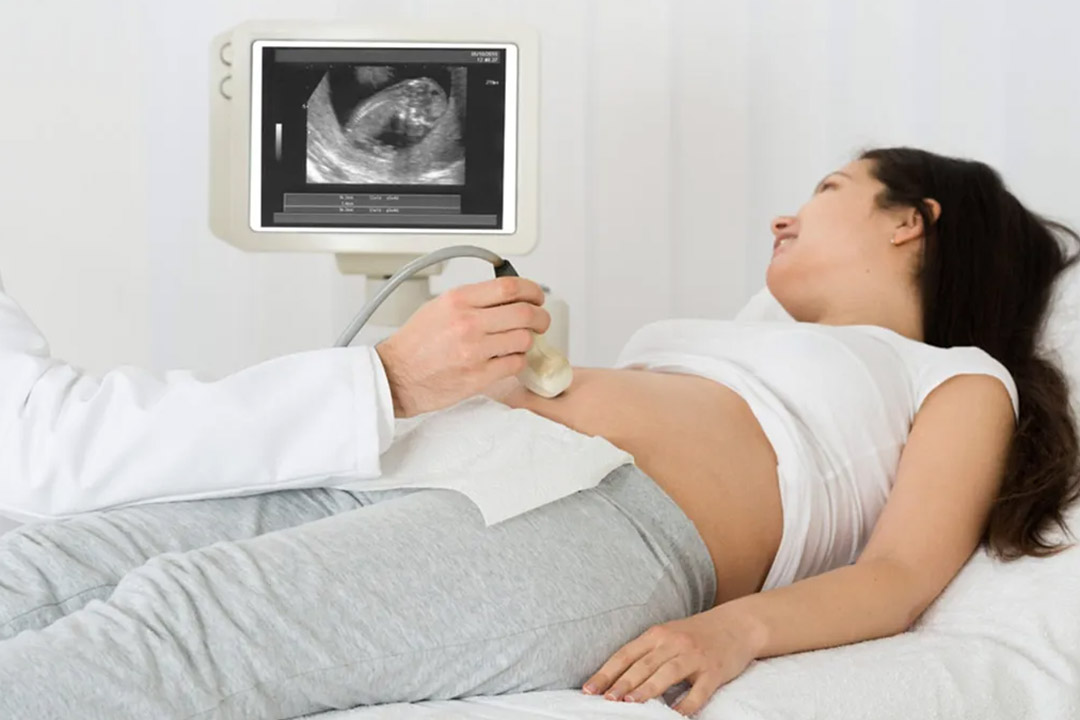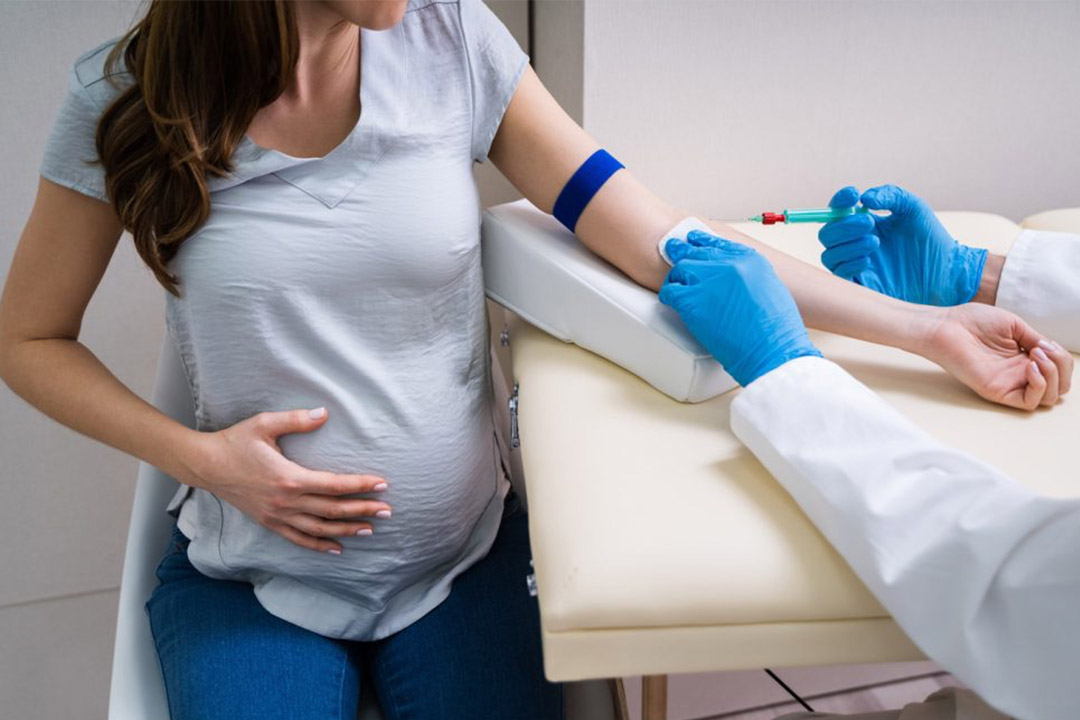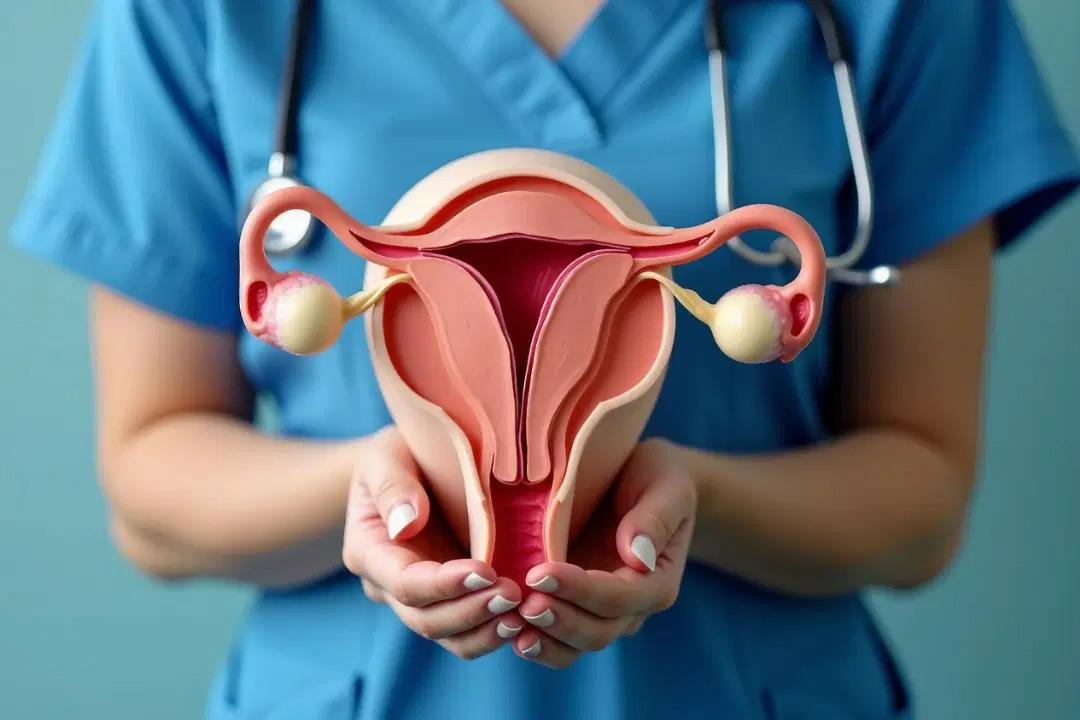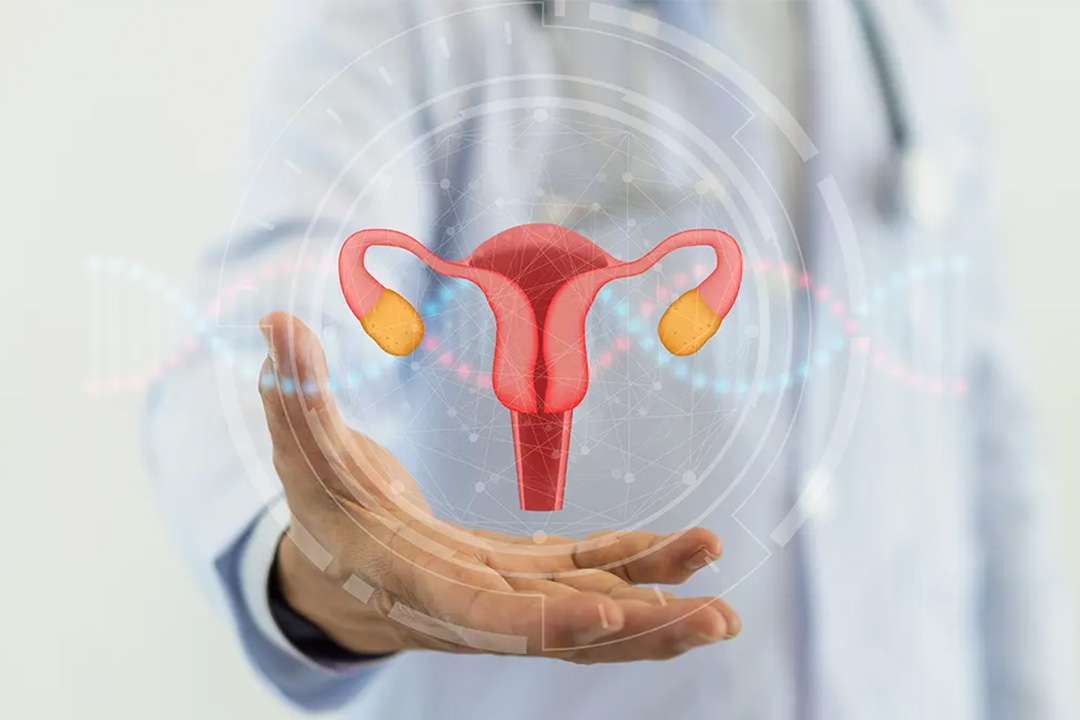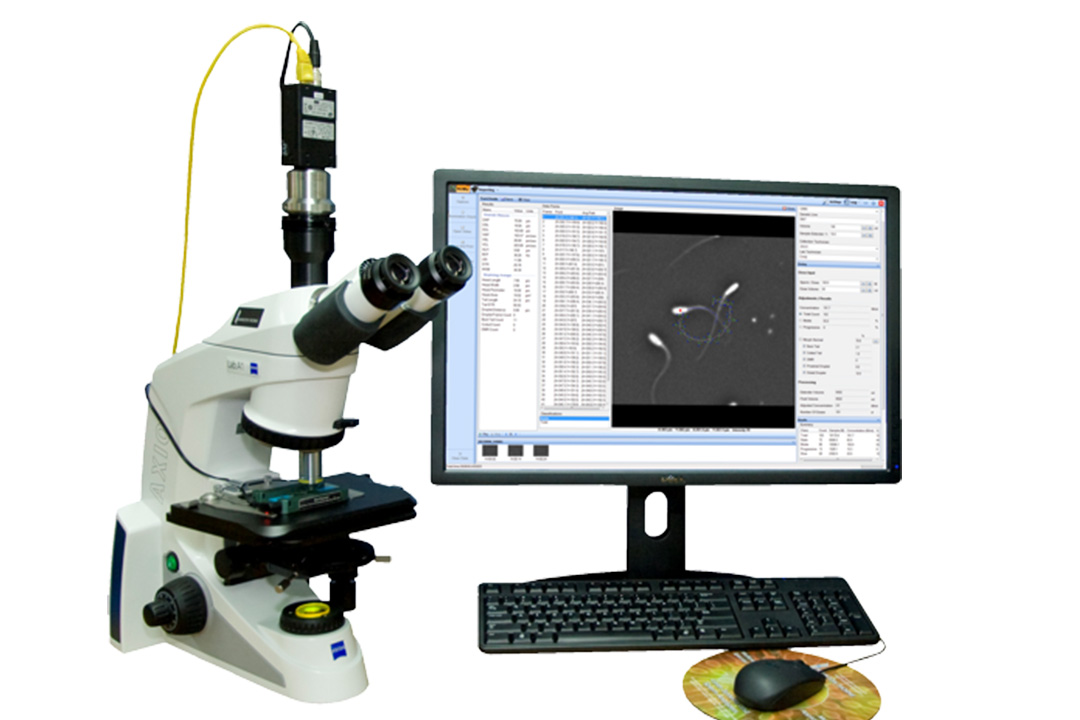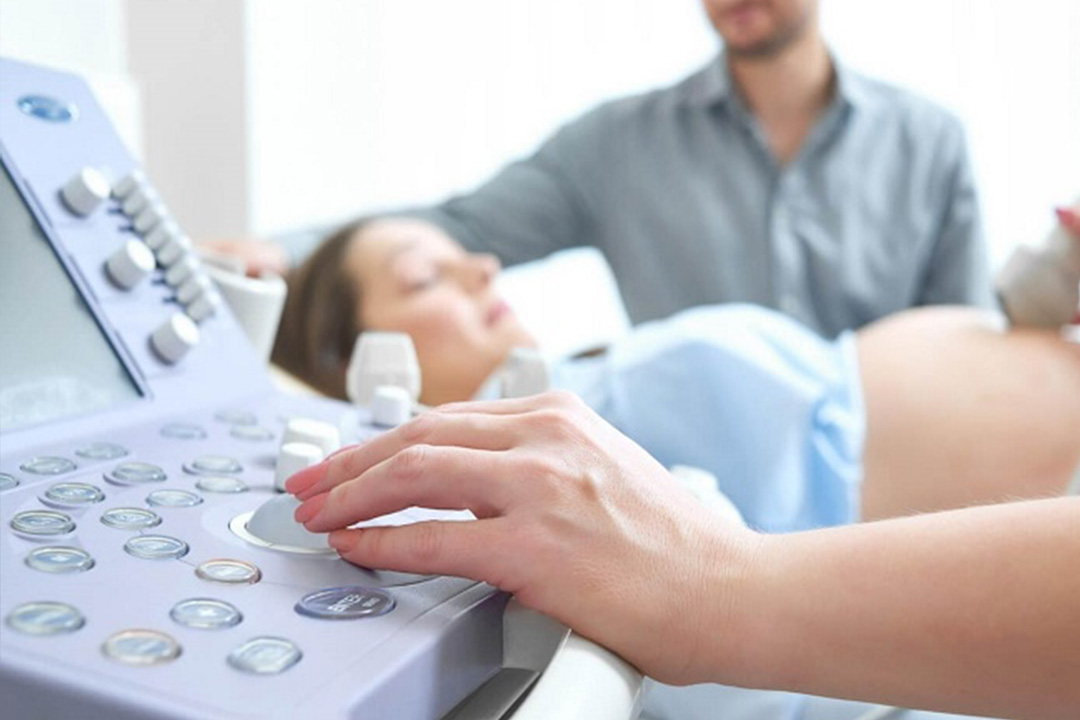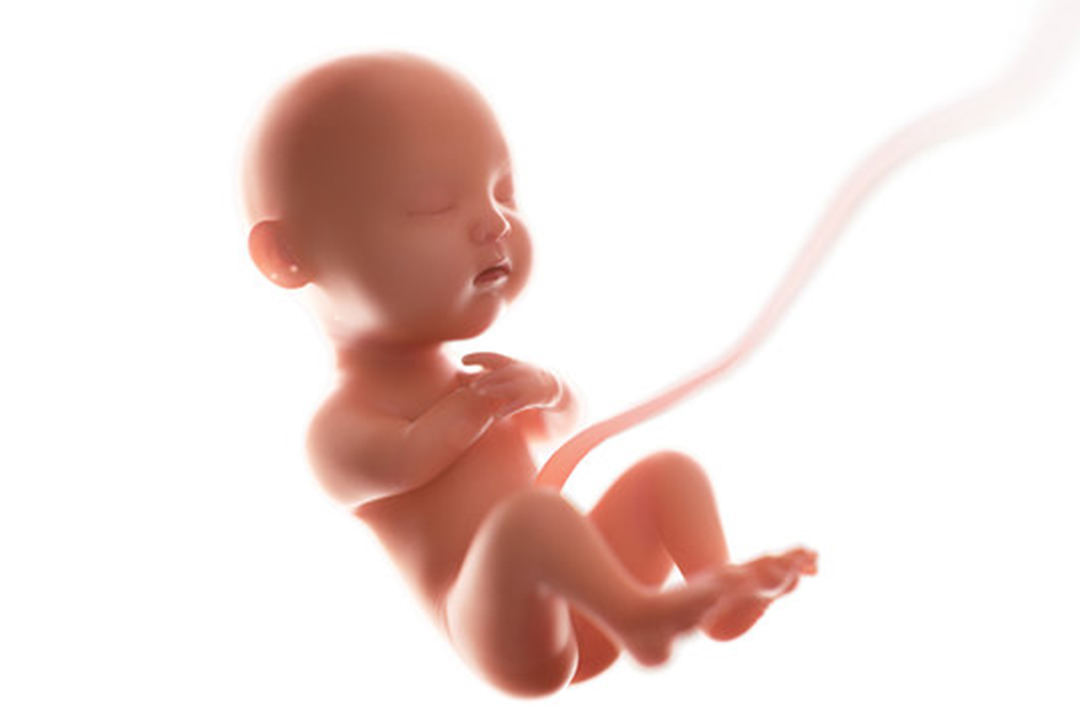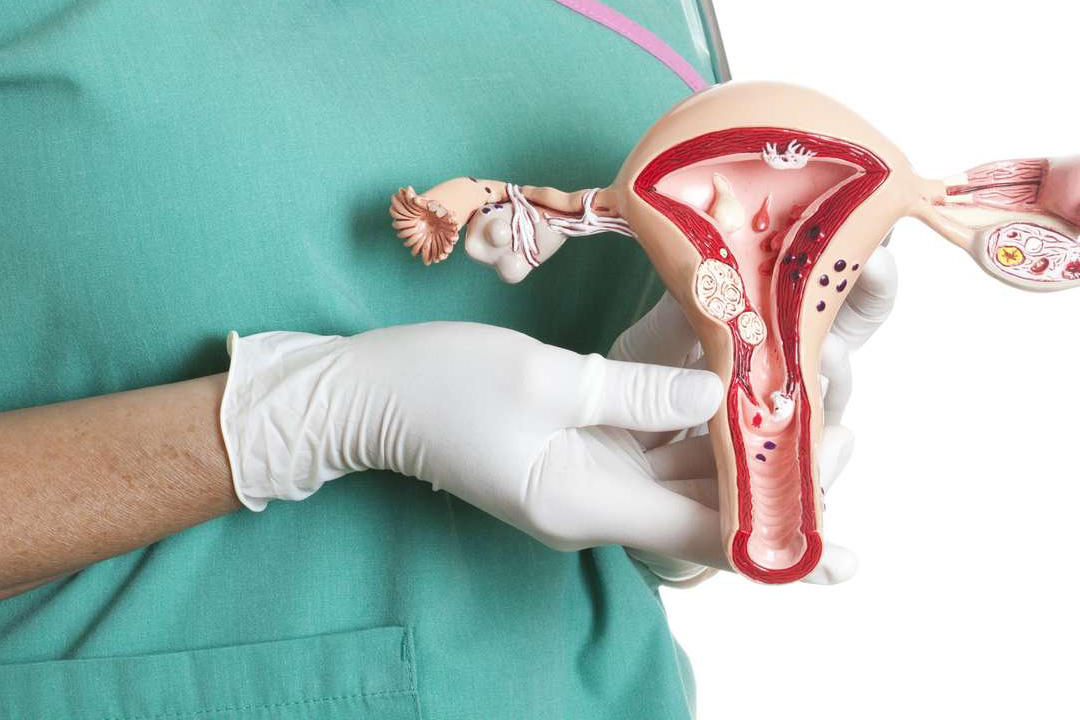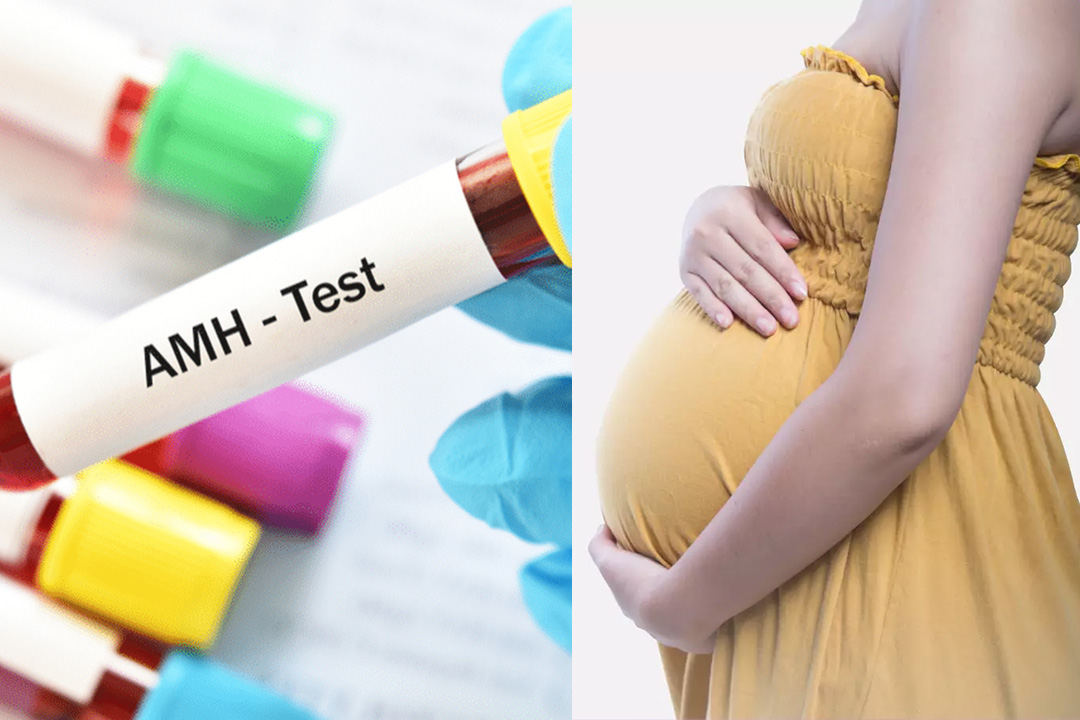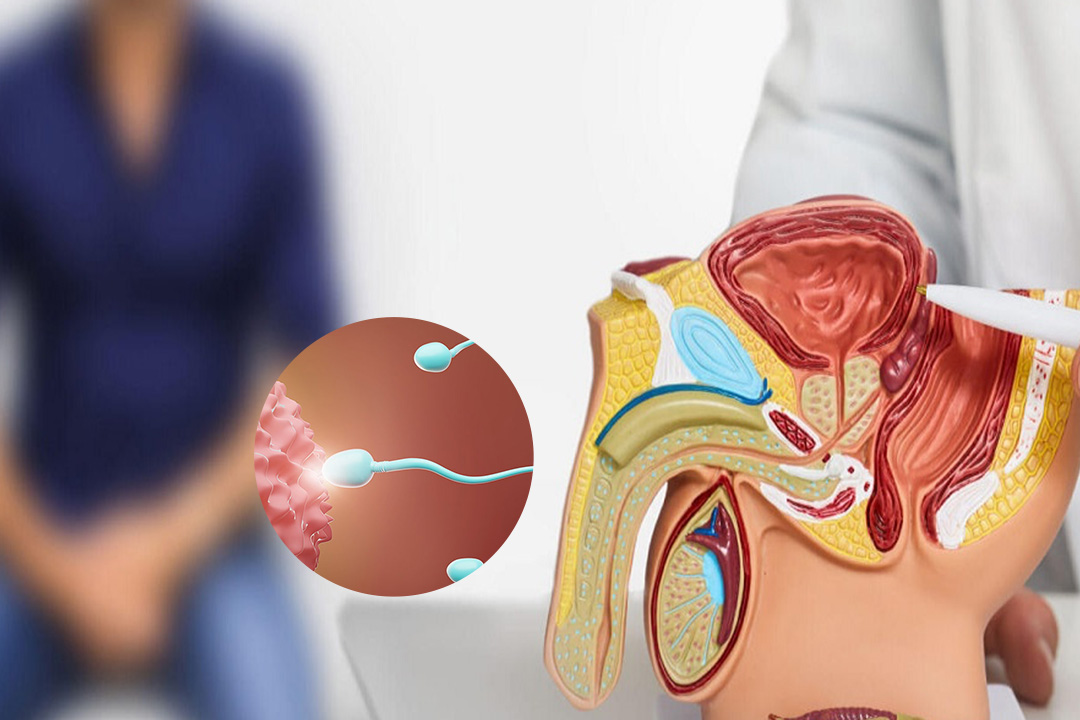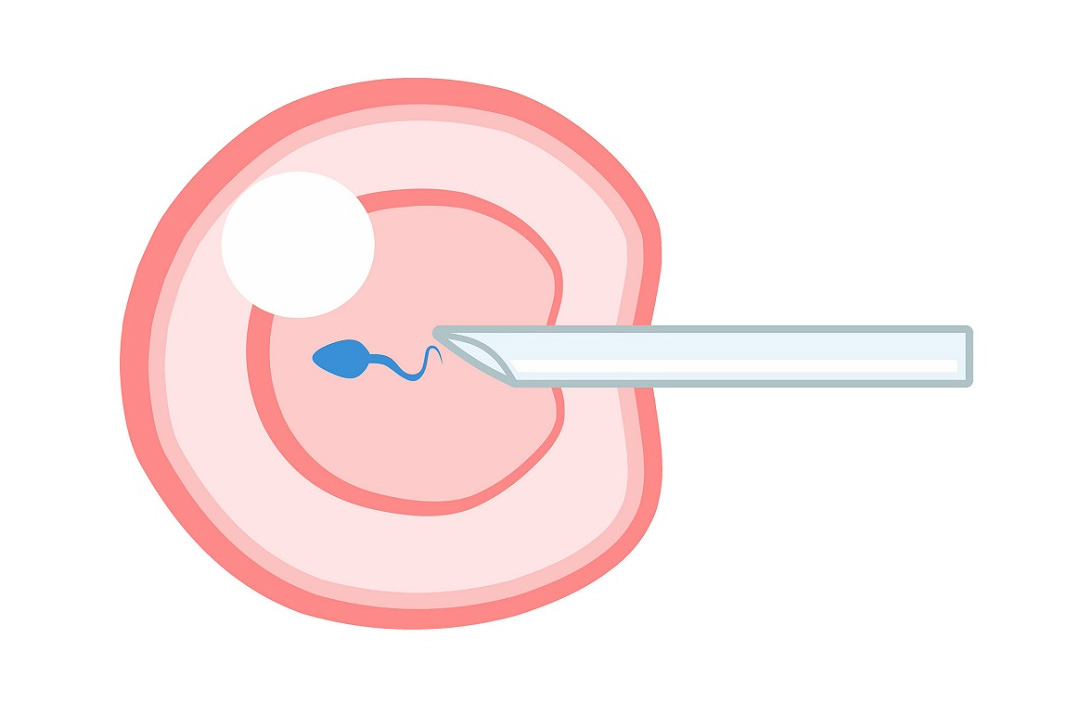Frozen Embryo Transfer: Everything You Need to Know
Frozen embryo transfer (FET) has become an increasingly common step in assisted reproduction, offering hope and flexibility to individuals and couples in their fertility treatment.
Unlike a fresh IVF cycle, where embryos are placed into the uterus shortly after conception in the lab, FET relies on embryos that were frozen during a previous IVF attempt.
Clinicians aim to give each embryo its best chance of implanting and developing into a healthy pregnancy by thawing and transferring these embryos at a carefully chosen point in the menstrual cycle.
In this article, we’ll walk through the frozen embryo transfer process, what to expect, how to prepare, and what factors influence success.

What Is a Frozen Embryo Transfer Cycle?
A frozen embryo transfer cycle is essentially a technique where embryos are created in an earlier round of in vitro fertilization. They are cryopreserved at a very low temperature and stored until you’re ready to try again.
When the timing is right, these embryos are thawed in the lab and placed into your uterus during a cycle that has been hormonally primed to mimic the natural environment of early pregnancy.
No new egg retrieval is required because the embryos are already available. FET can feel less invasive and more predictable than a fresh cycle.
The Benefits of Using Frozen Embryos
Frozen embryo transfer offers several benefits which can be as follows:
- Flexibility in timing: You choose when you’re physically, emotionally, and financially ready for transfer.
- Lower medication load: No need for the heavy ovarian stimulation required to harvest new eggs.
- Reduced risk of ovarian hyperstimulation: Skipping a fresh stimulation cycle eliminates the possibility of that potentially serious side effect.
- Potential for higher cumulative success: Advances in freezing techniques (vitrification) have improved embryo survival, making FET success rates comparable to or sometimes even better than fresh transfers.
Medications and Monitoring
A successful frozen embryo transfer cycle relies on your uterine lining (endometrium) being receptive at just the right moment. To achieve this, you’ll follow a hormone routine that typically unfolds in three phases:
Downregulation (Suppressing Ovarian Activity)
Starting about two weeks before transfer, you’ll take medication either a daily birth control pill or a short course of an injection like leuprolide (often called Lupron).
The goal is to quiet down your ovaries so that your natural hormones don’t interfere with the carefully controlled environment we’re building.
Estrogen Phase (Building the Uterine Lining)
After the suppression phase, you begin estradiol, which you may take as a pill, a patch, or an injection. Estradiol encourages the endometrium to thicken, creating the “nest” where an embryo can implant.
Around two weeks into estradiol, a transvaginal ultrasound checks that your lining has reached an optimal thickness, usually around 7–9 mm.
Progesterone Phase (Timing the Embryo’s Arrival)
Once the lining looks ready, progesterone is added via injections, vaginal gel, or pessaries which are a removable, mechanical device inserted into the vagina to provide support to pelvic organs.
They can help manage symptoms of pelvic organ prolapse (POP) and stress urinary incontinence (SUI). They are generally made of soft silicone and come in various shapes and sizes to suit individual needs.
The exact moment to start progesterone is critical as it sets the clock for when your frozen embryos will be thawed and transferred.
Most clinics schedule the transfer after four to six days of progesterone, matching the embryo’s developmental stage (for example, day-5 blastocysts are often transferred after five days of progesterone).
Throughout these phases, you’ll have regular blood draws to measure hormone levels and ultrasounds to track lining thickness. This careful monitoring ensures your body’s schedule aligns precisely with the embryo’s readiness.
The Frozen Embryo Transfer Procedure
The frozen embryo transfer follows the steps given below:
- Thawing the Embryos: On the transfer day (or sometimes the day before), embryologists thaw the selected number of embryos. They assess survival: modern vitrification preserves around 90–95% of embryos.
- Preparing for Transfer: You arrive at the clinic with a comfortably full bladder, which helps tilt your uterus into a favorable position. A nurse or doctor may perform a quick ultrasound to confirm uterine orientation.
- Transfer: A thin, flexible catheter carries the embryo(s) through the cervix into the uterus. Most people feel little or no discomfort but some experience mild cramping similar to menstrual cramps.
- Post-Transfer Rest: After the catheter is withdrawn, you rest for about 10–15 minutes. You’ll continue estradiol and progesterone support without interruption.
- Two-Week Wait: About 10–12 days after transfer, you’ll have a blood test to check for pregnancy. During this period, continue your medications and maintain a moderate activity level. There's no need for strict bed rest.
Timing and Cycle Timeline
When is frozen embryo transfer done after a period? Typically, your cycle begins with downregulation around day 1–3 of menses. Roughly 10–14 days later, you switch to estradiol. Around two weeks after that, you start progesterone.
Transfer usually occurs after 4–6 days of progesterone, making the total process from period to transfer approximately 5–6 weeks.
How many days after egg retrieval is frozen embryo transfer? Since embryos are already frozen, timing is driven by your endometrial preparation rather than retrieval.
After a fresh stimulation, if embryos are frozen on day 5, FET could happen months later whenever your body is ready.
Success Rates and Factors That Matter
Frozen embryo transfer success rates vary, but general range includes:
- Young women (under 35): about 50–60% chance of clinical pregnancy per transfer.
- Women aged 35–40: around 40–50%.
- Over 40: success rates decline, often dropping below 30%.
Key factors influencing frozen embryo transfer success include:
- Embryo quality: Higher-grade blastocysts have better implantation odds.
- Age at freezing: Younger egg age tends to predict better outcomes.
- Endometrial receptivity:Timing progesterone and lining thickness with precision.
- Lifestyle factors: Maintaining a healthy weight, avoiding smoking, and managing stress can all play supportive roles.
Risks and Considerations
While FET is generally safe, it carries some potential challenges:
- In rare cases, embryos may not survive the thawing process, leaving no embryos to transfer.
- Hormone side effects. Estradiol and progesterone can cause mood swings, bloating, and, more rarely, blood clots; your clinic may recommend anticoagulants if you have clotting risks.
- Transferring more than one embryo raises the chance of twins or higher-order multiples, which carries greater risks like preterm birth and gestational diabetes.
- Most experience only mild cramping or spotting; infection risk is very low but possible.
Understanding the Cost in India
The cost of a frozen embryo transfer cycle in India typically ranges from ₹30,000 to ₹60,000. Here’s how those figures break down:
- Embryo transfer procedure: ₹30,000–₹60,000, covering thawing and placement.
- Embryo freezing and storage (separate): initial freezing costs about ₹20,000–₹30,000, with annual storage fees of ₹5,000–₹10,000.
- Medications and monitoring: hormone drugs and regular ultrasounds or blood tests may add another ₹10,000–₹20,000 depending on the clinic’s pricing and the number of visits.
- Additional procedures: if you need a mock transfer, hysteroscopy, or laparoscopy, each can range from ₹50,000 to ₹70,000 extra.
Overall, most treatment plans land between ₹50,000 and ₹100,000 when accounting for all associated costs but speaking directly with your chosen clinic will give you the clearest estimate.
Is FET Right for You?
Frozen embryo transfer offers a path to parenthood that’s often gentler on the body and more flexible in timing than a fresh IVF cycle. If you already have frozen embryos waiting, or if you want to space out treatment steps, FET could be an ideal choice. Before moving ahead, consider:
- Physical, emotional, and financial preparation are all part of a successful transfer.
- Talk through any clotting issues, hormonal sensitivities, or uterine concerns with your doctor.
- Decide how many embryos to transfer, balancing the desire for success against the risks of multiples.
Careful preparation, the right medical guidance, and clear, achievable goals can make frozen embryo transfer a valuable part of your fertility journey.
When you know what to expect from how the cycle works and the timing involved to the likely success rates and costs you can engage confidently with your care team every step of the way.
No matter the result, having accurate information and empathetic support by your side will empower you to face this experience with resilience and optimism.
About Us
AKsigen IVF is a premier center for advanced fertility treatments, with renowned fertility experts on our team. Specializing in IVF, ICSI, egg freezing, and other cutting-edge reproductive technologies, AKsigen IVF is committed to helping couples achieve their dream of parenthood. With personalized care and a patient-first approach, AKsigen IVF provides comprehensive fertility solutions under one roof.













